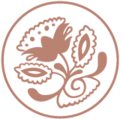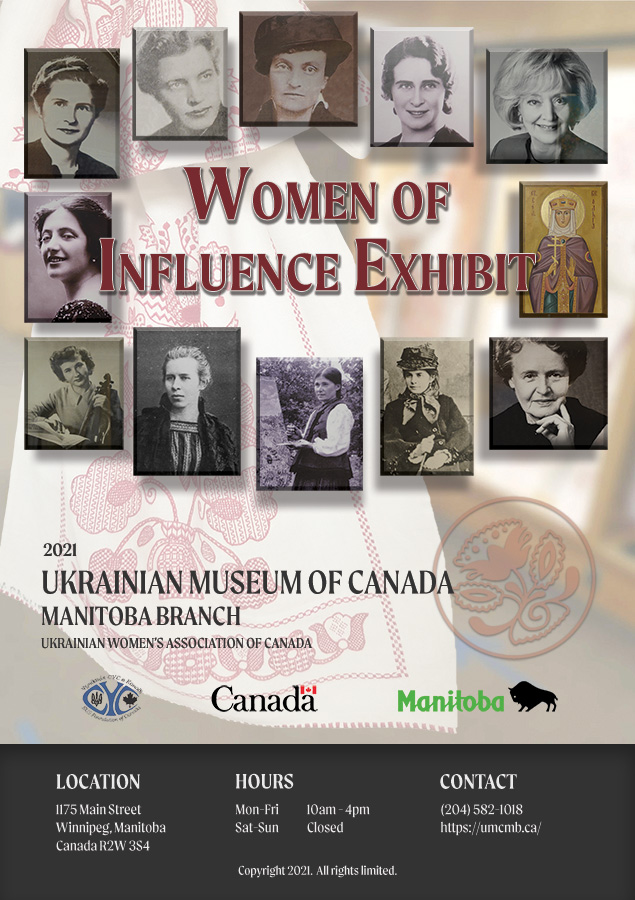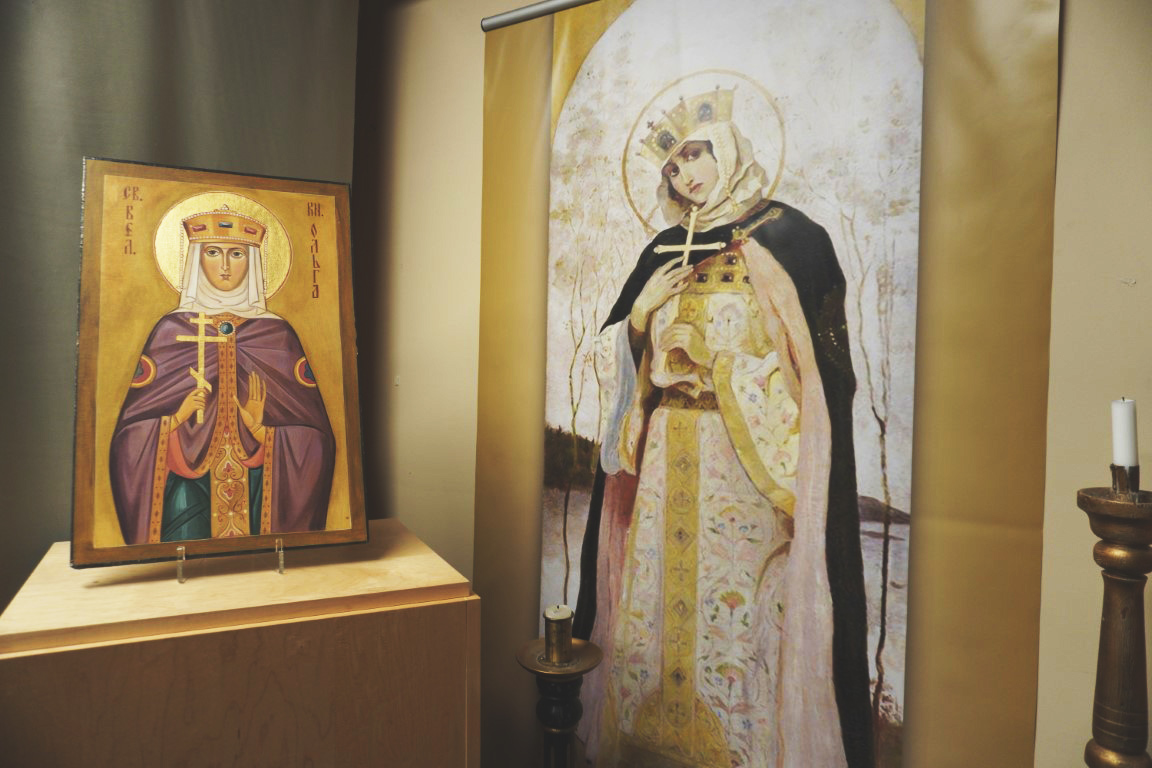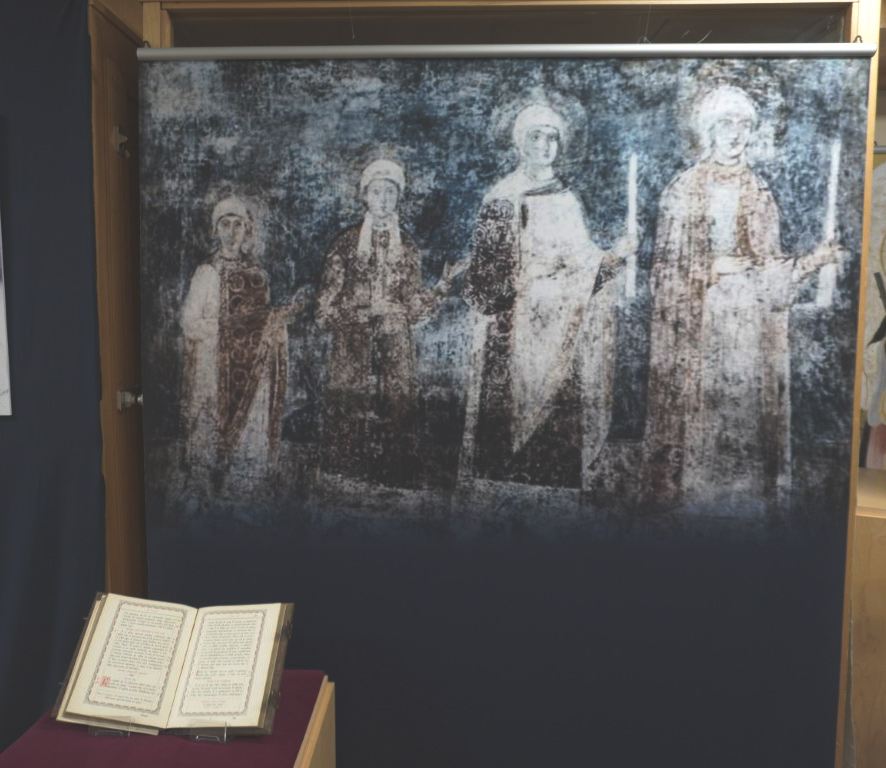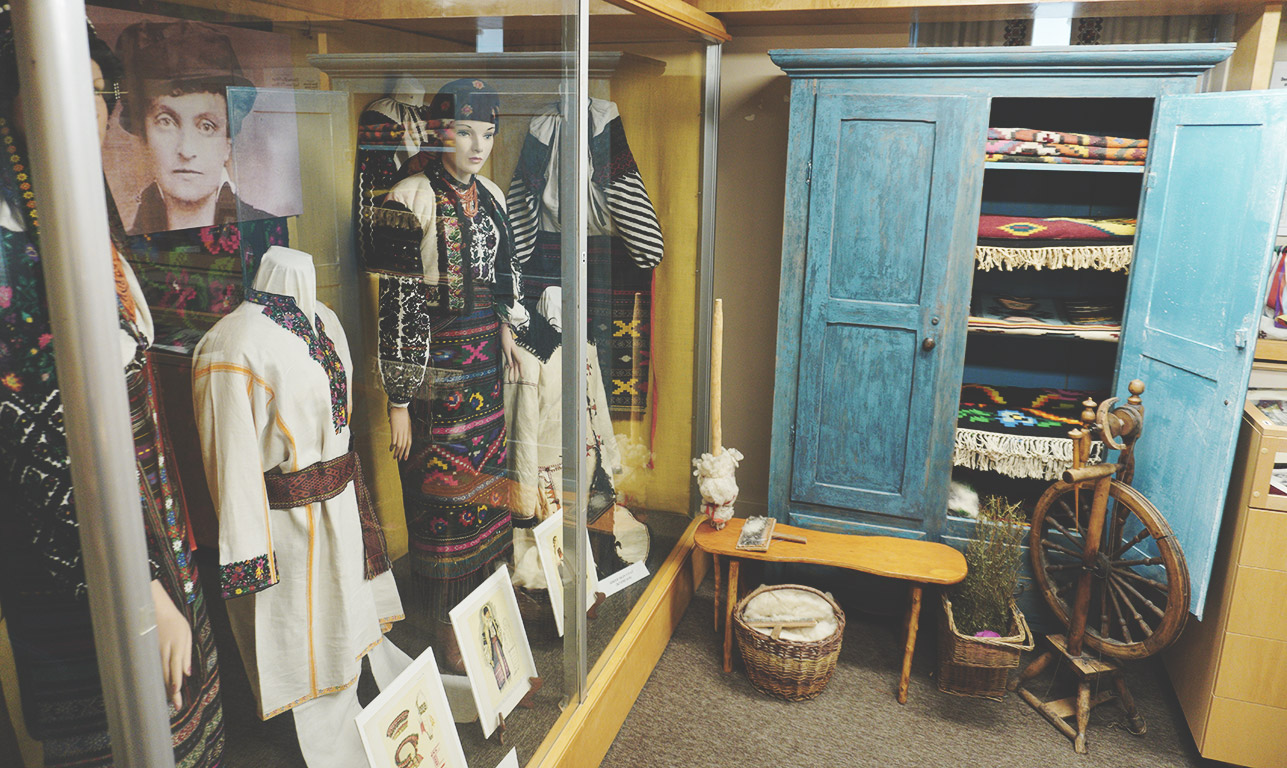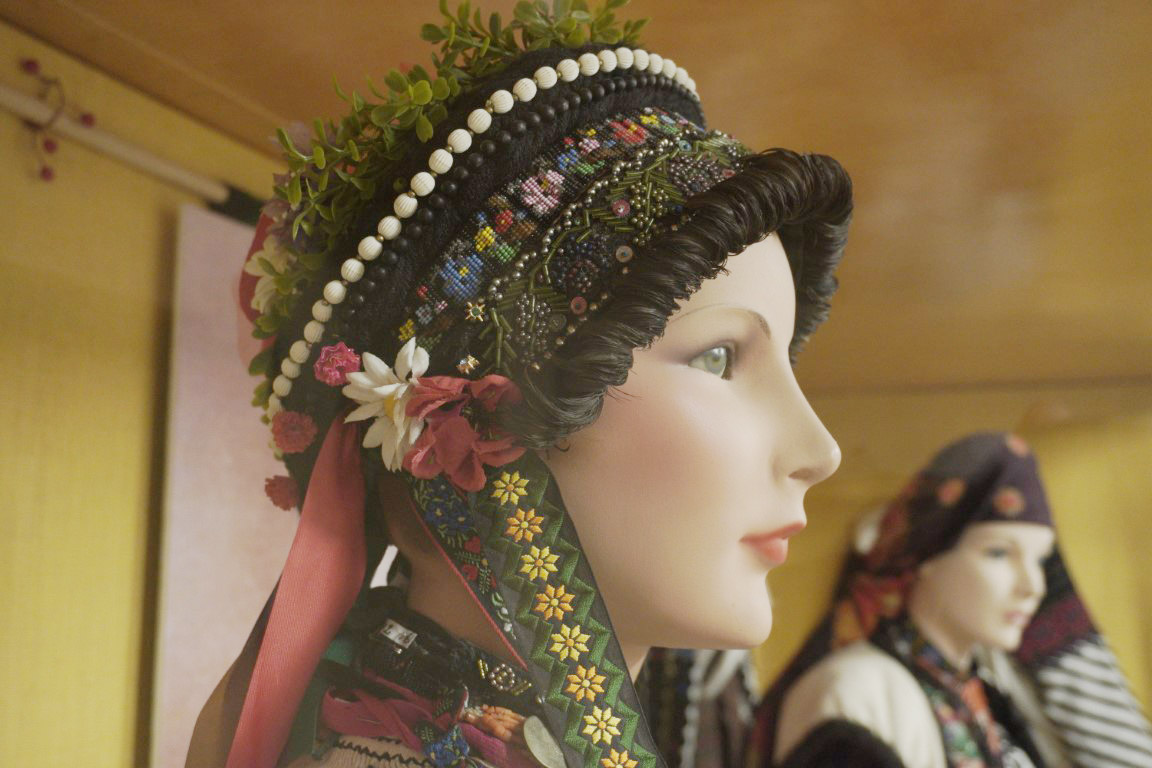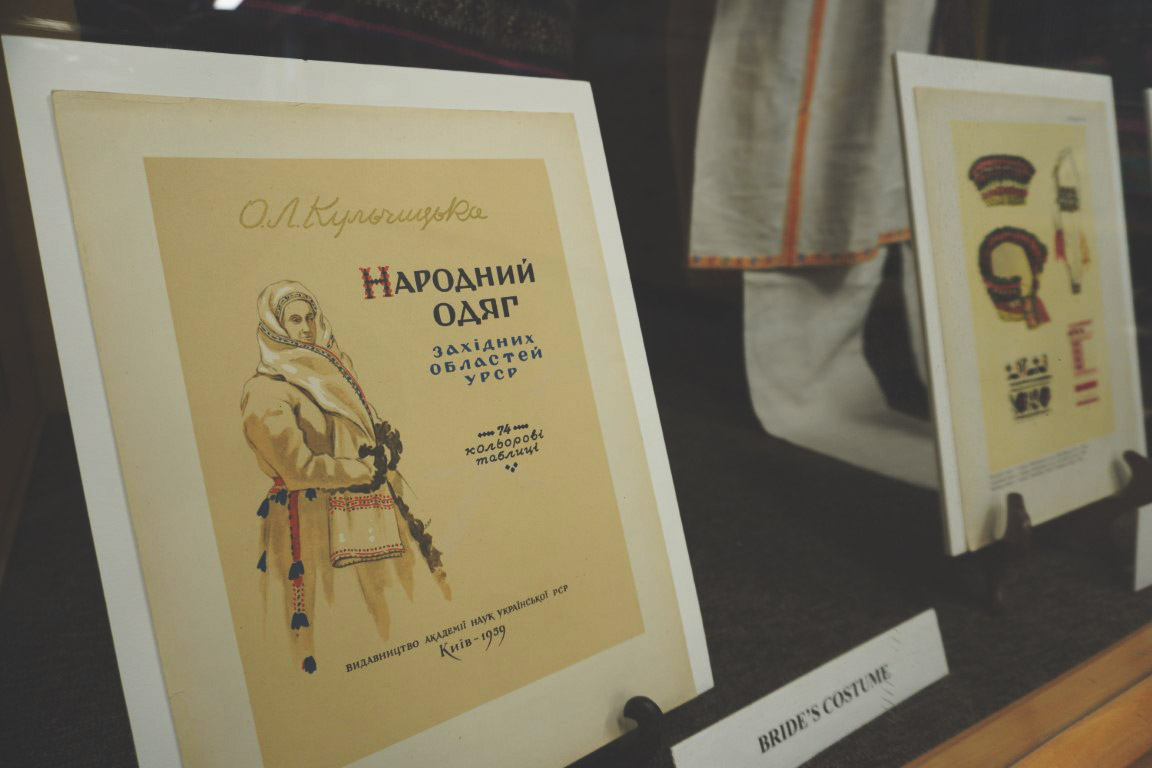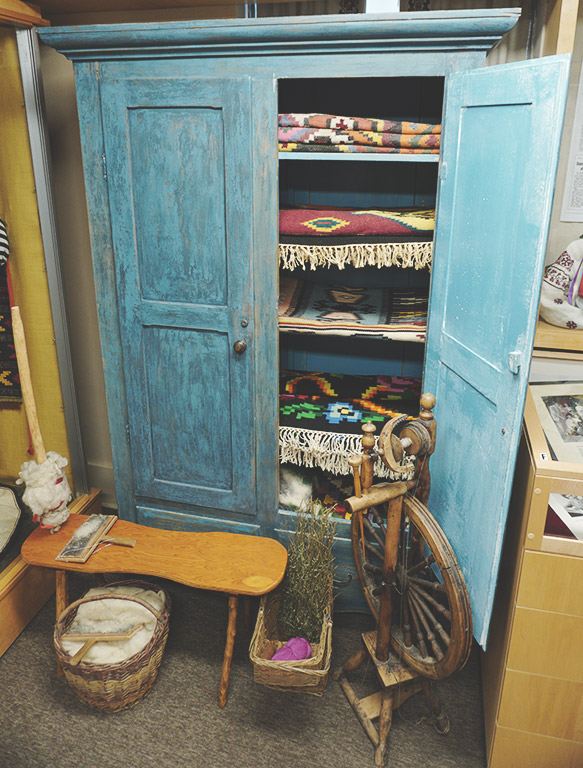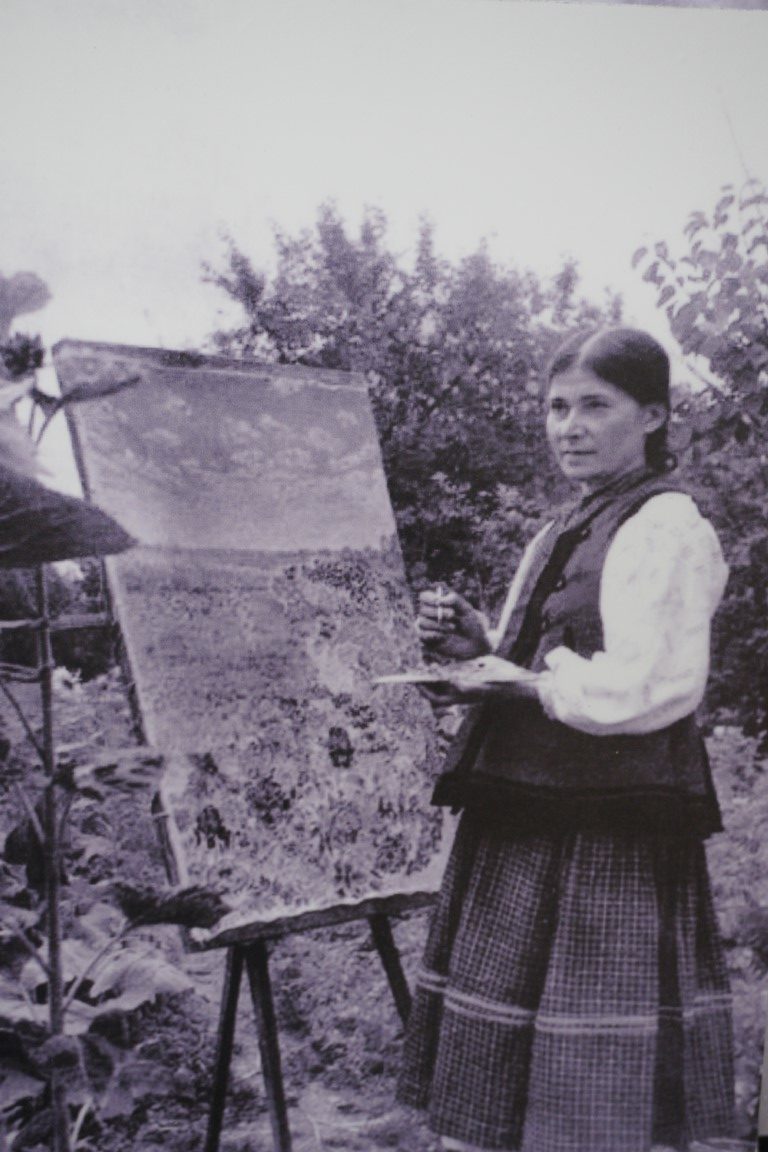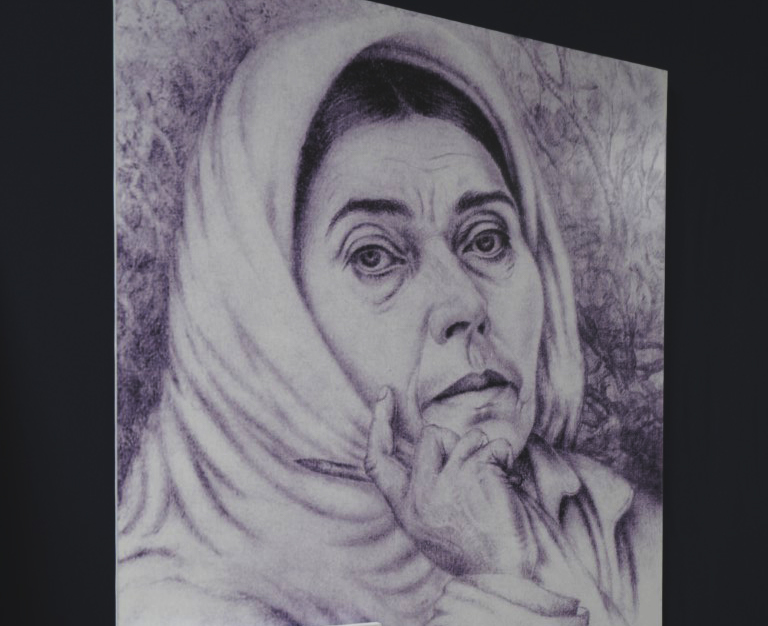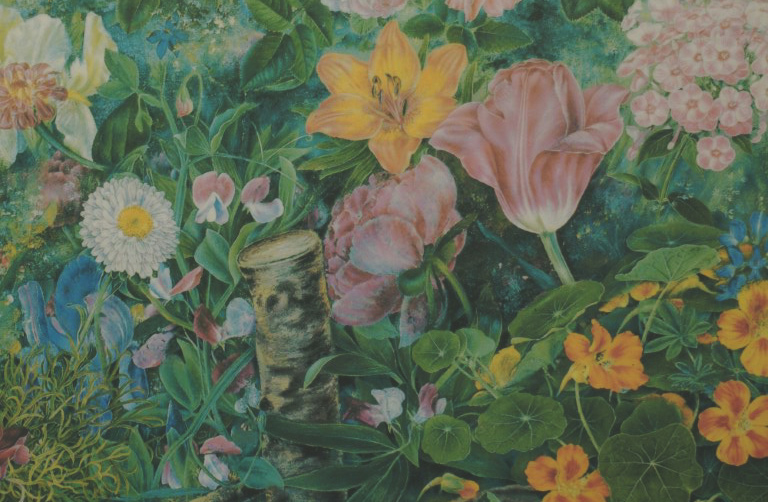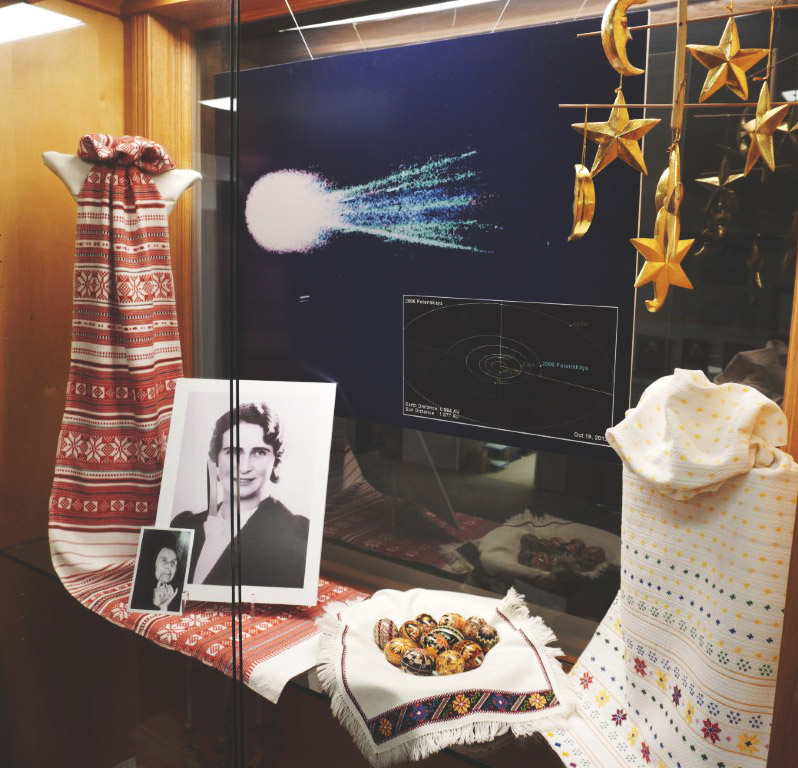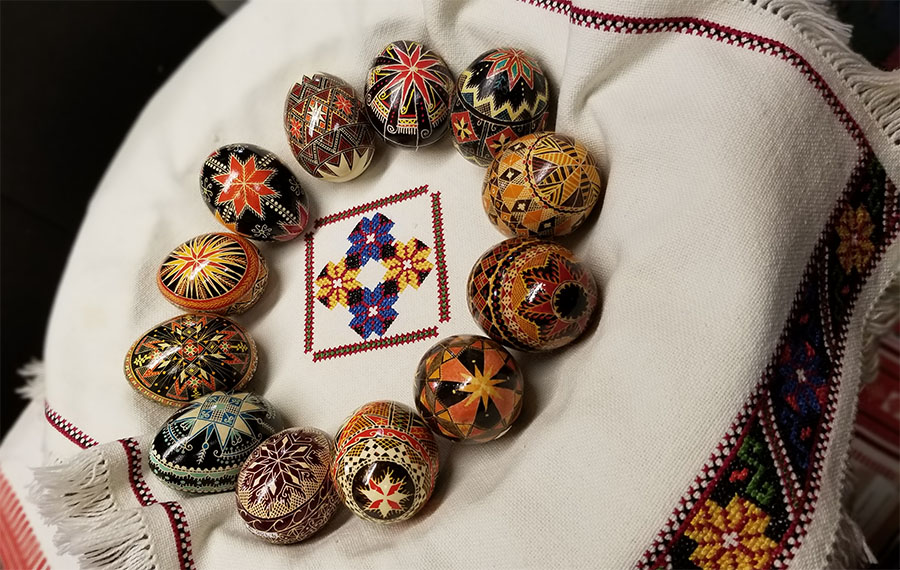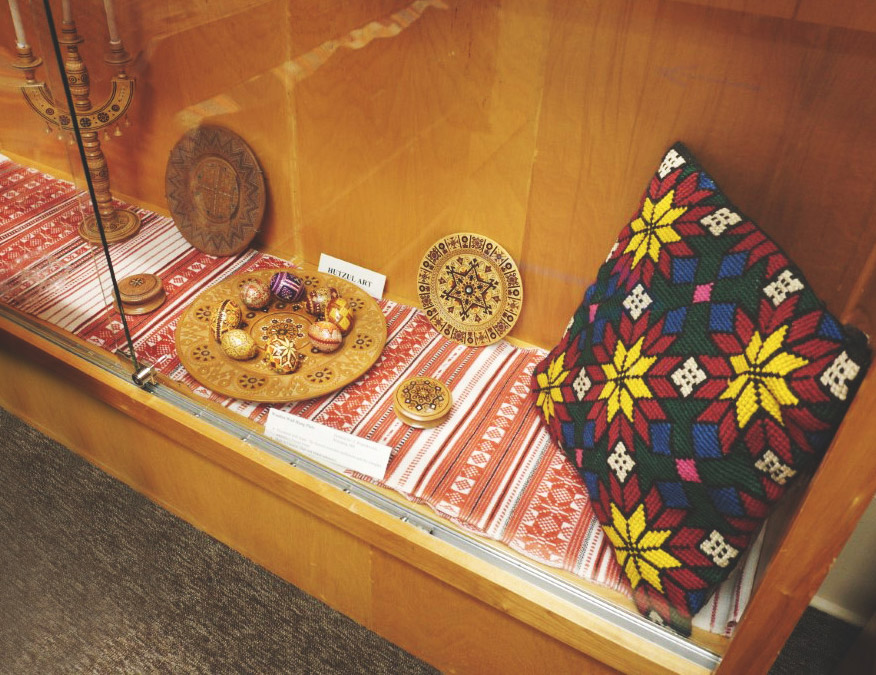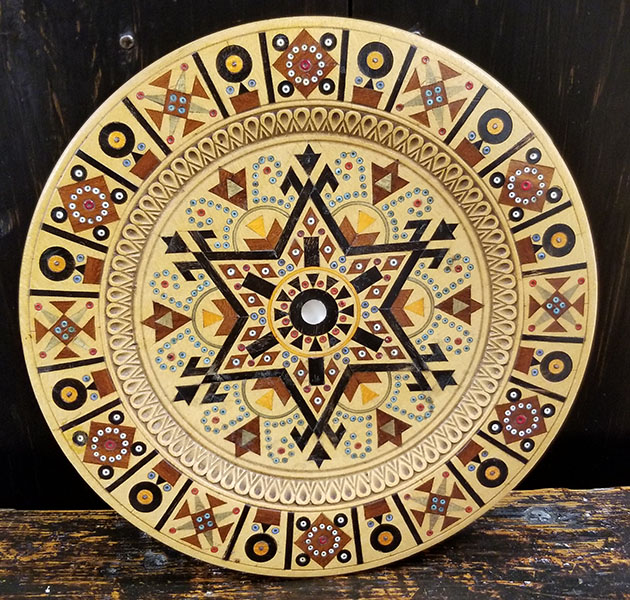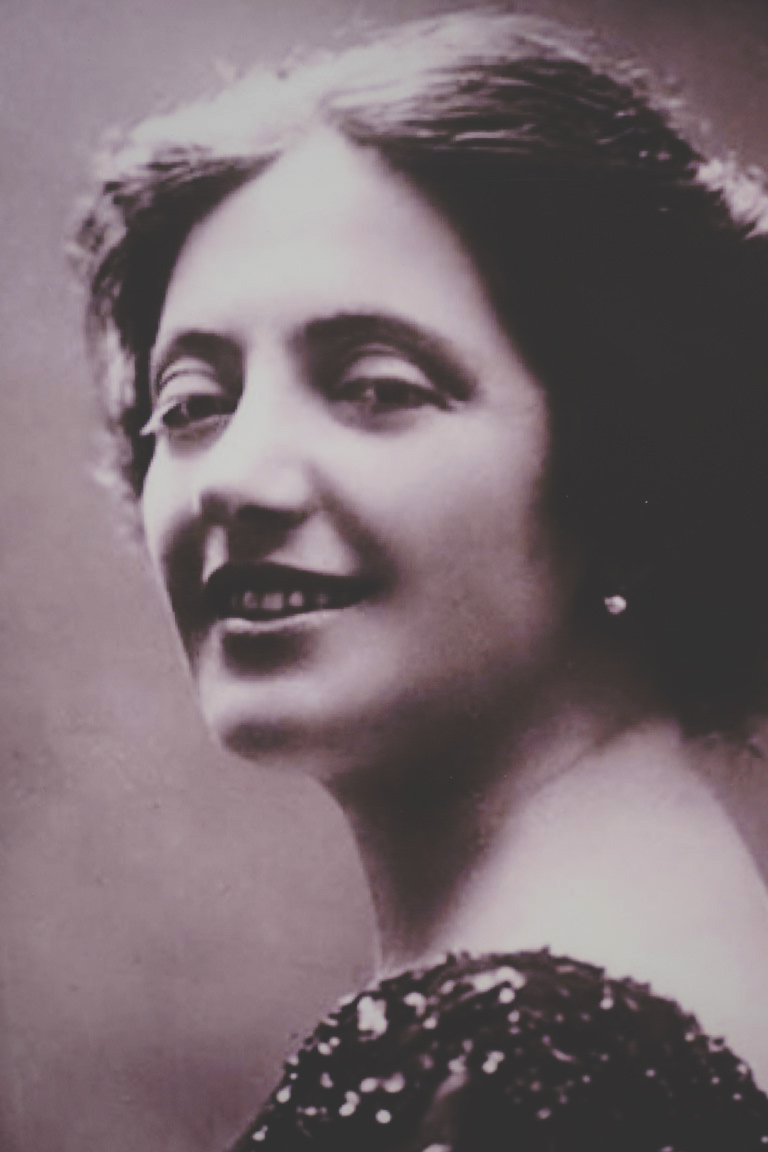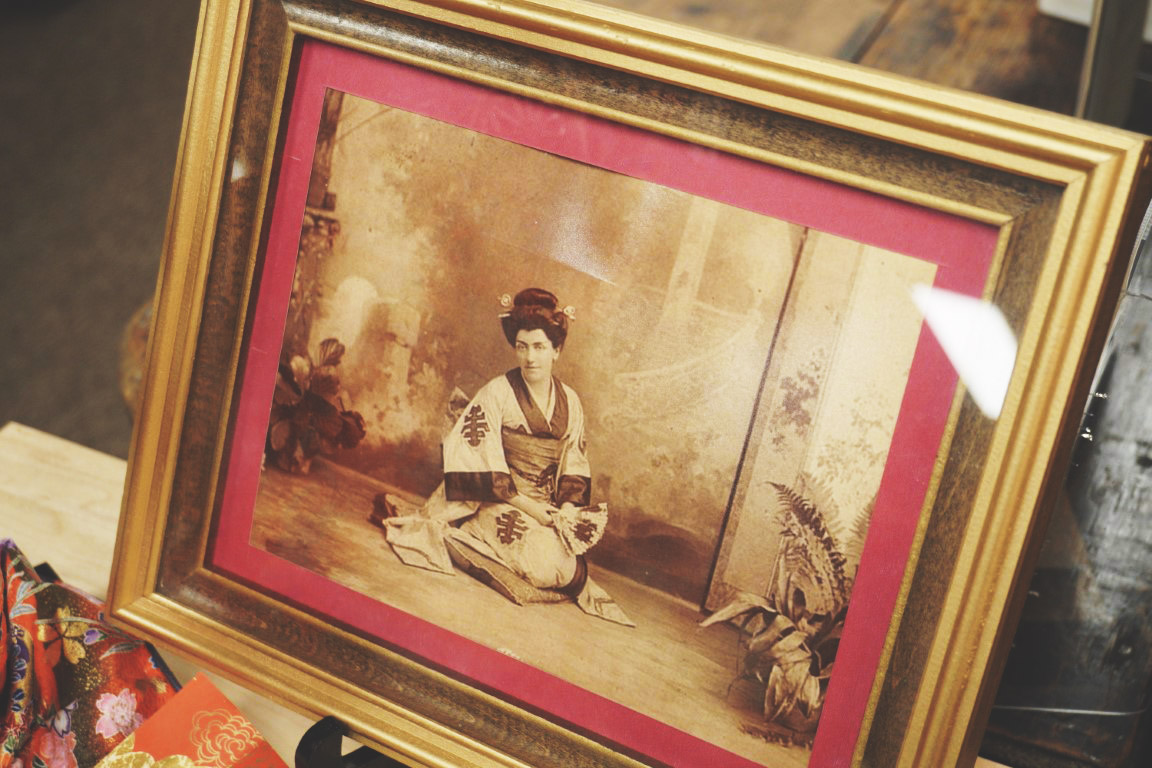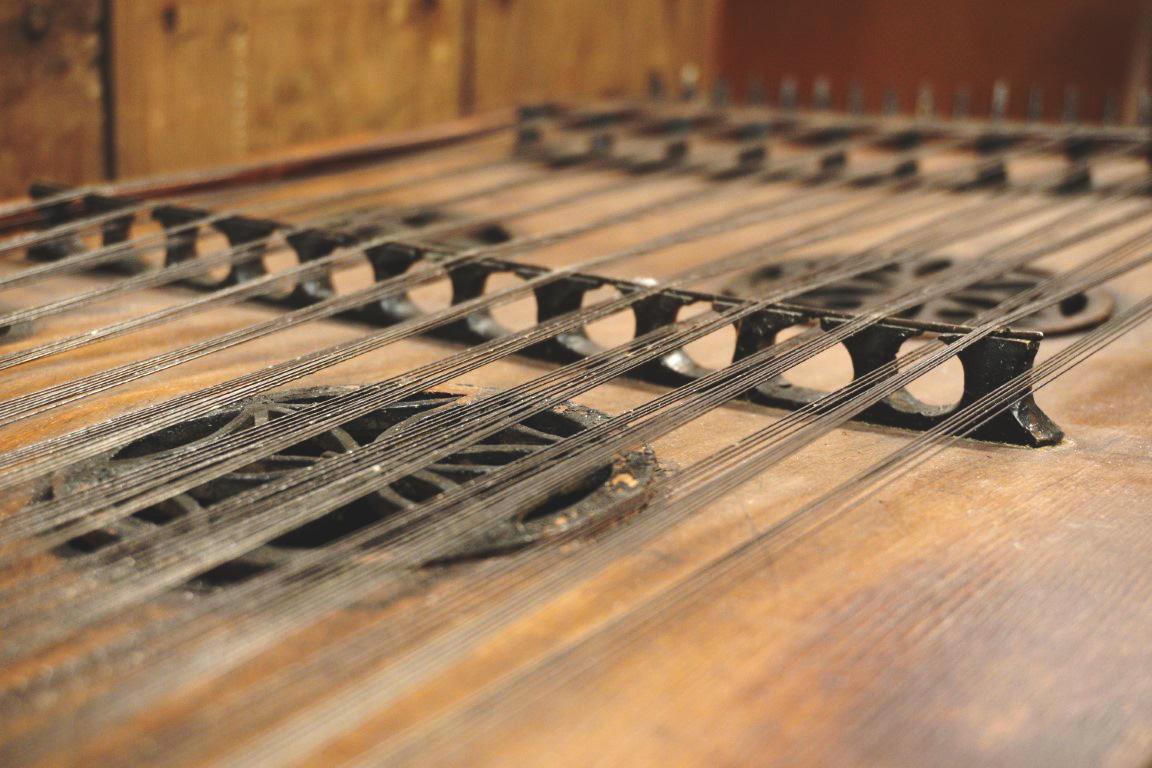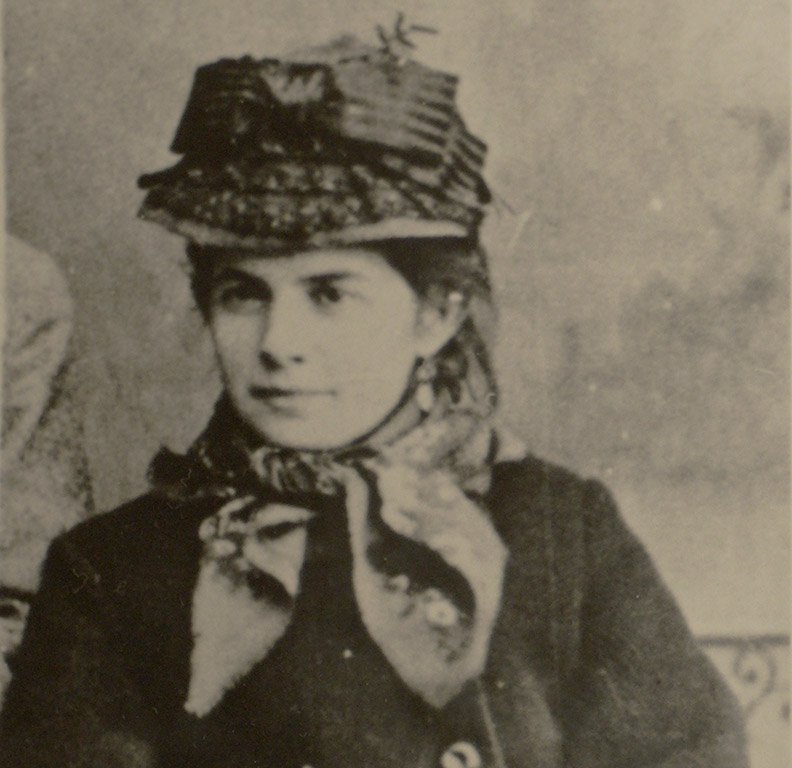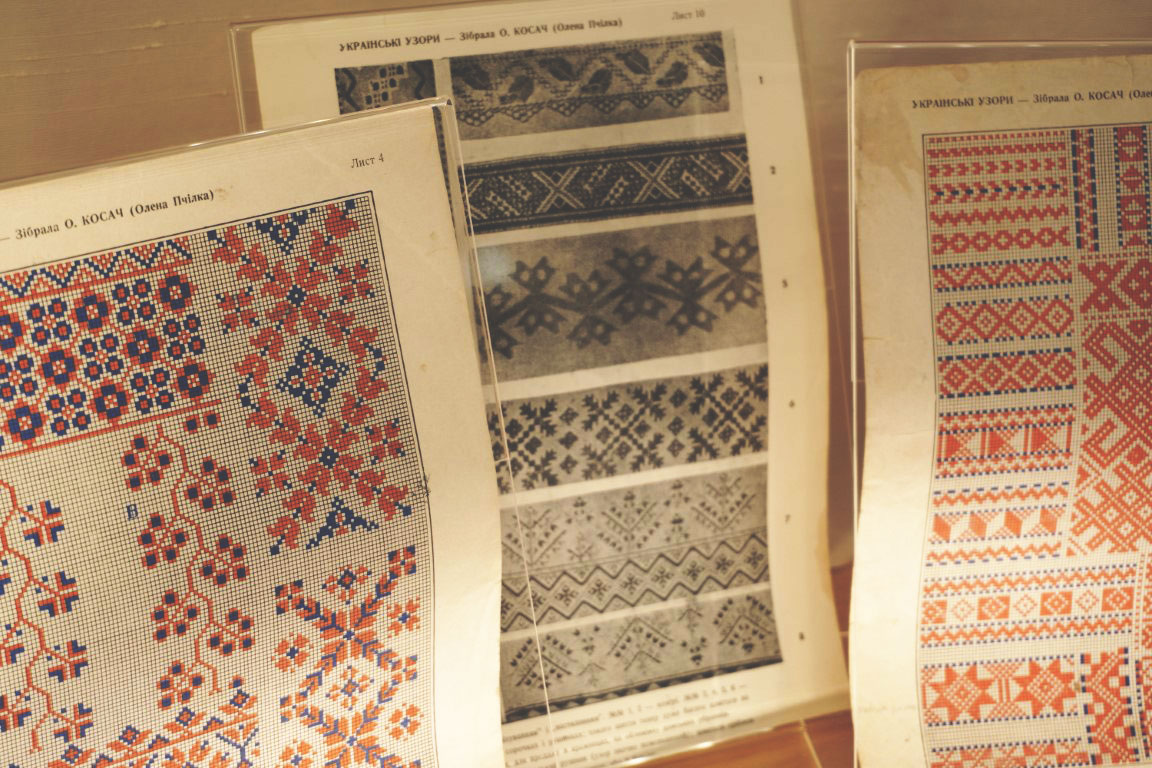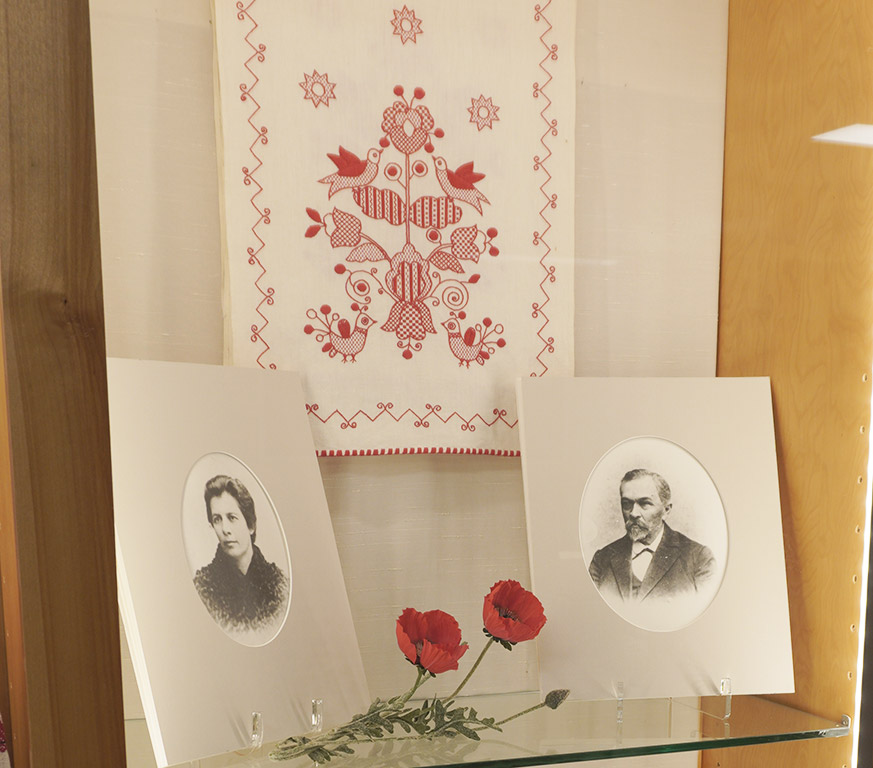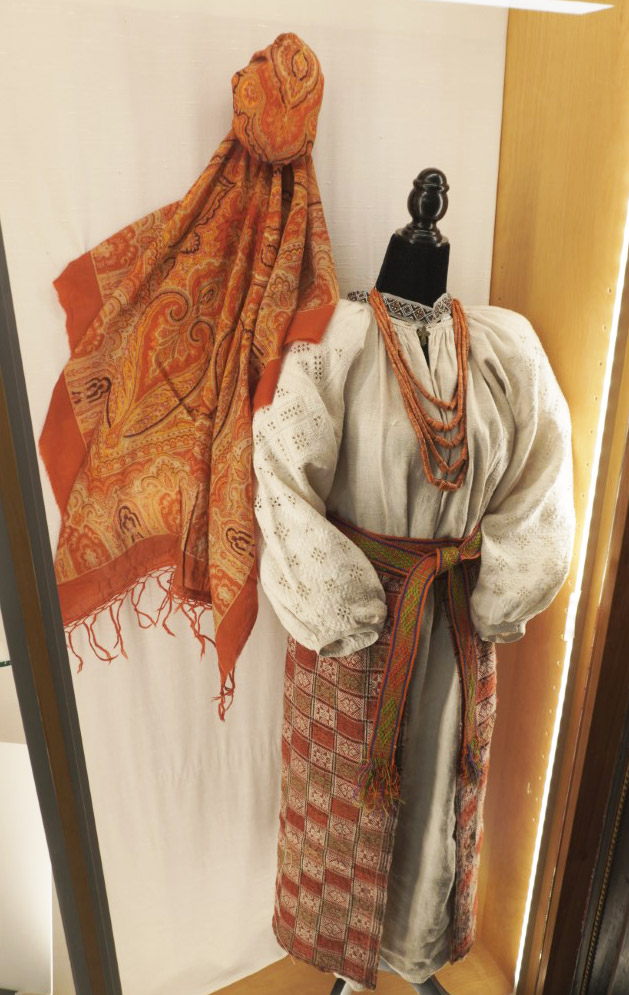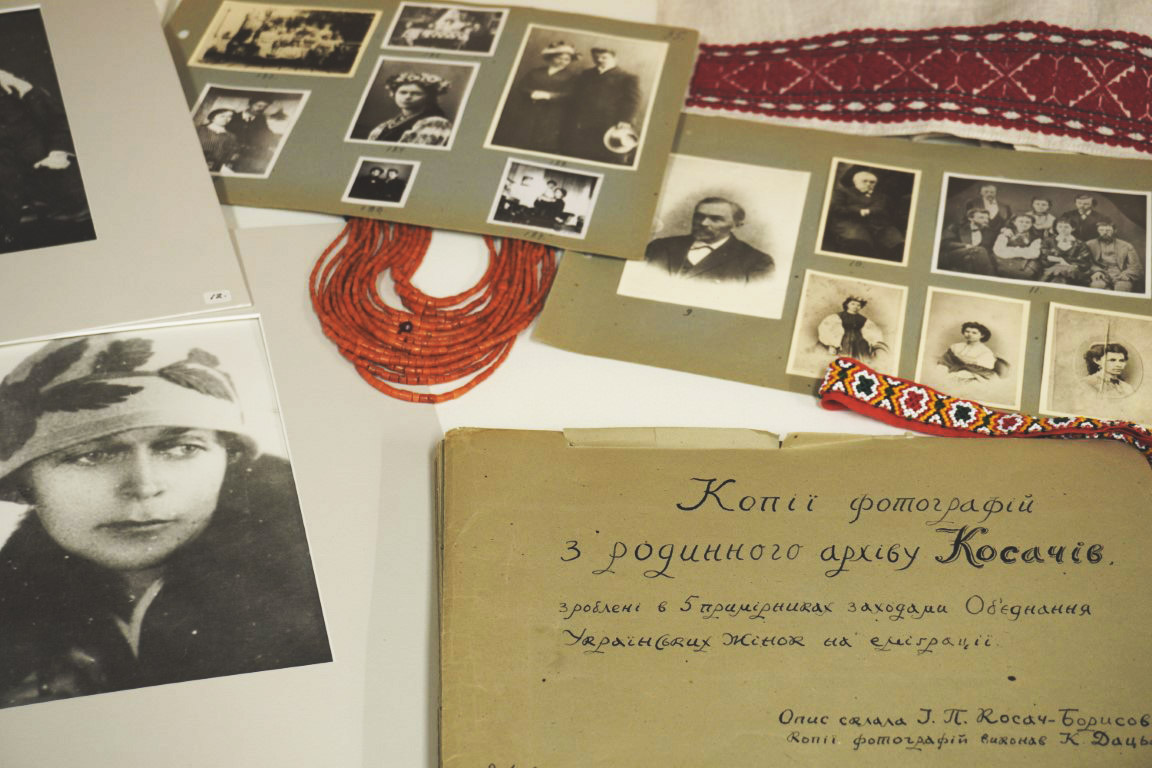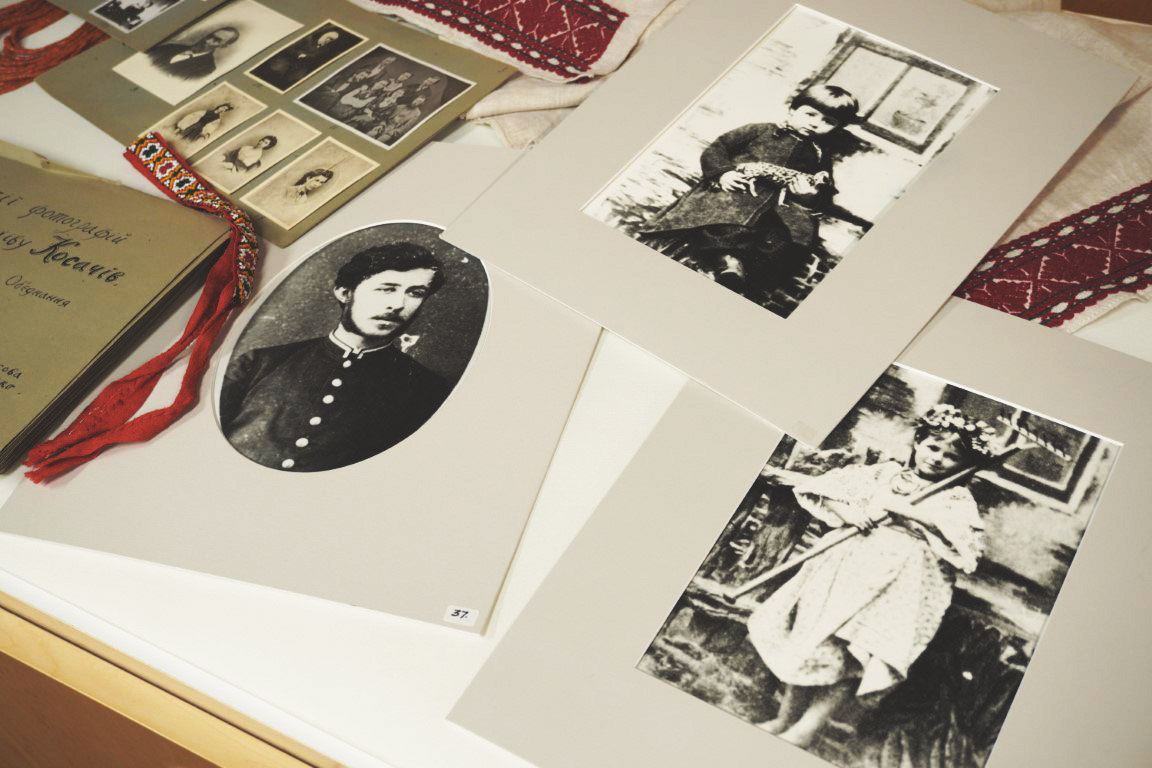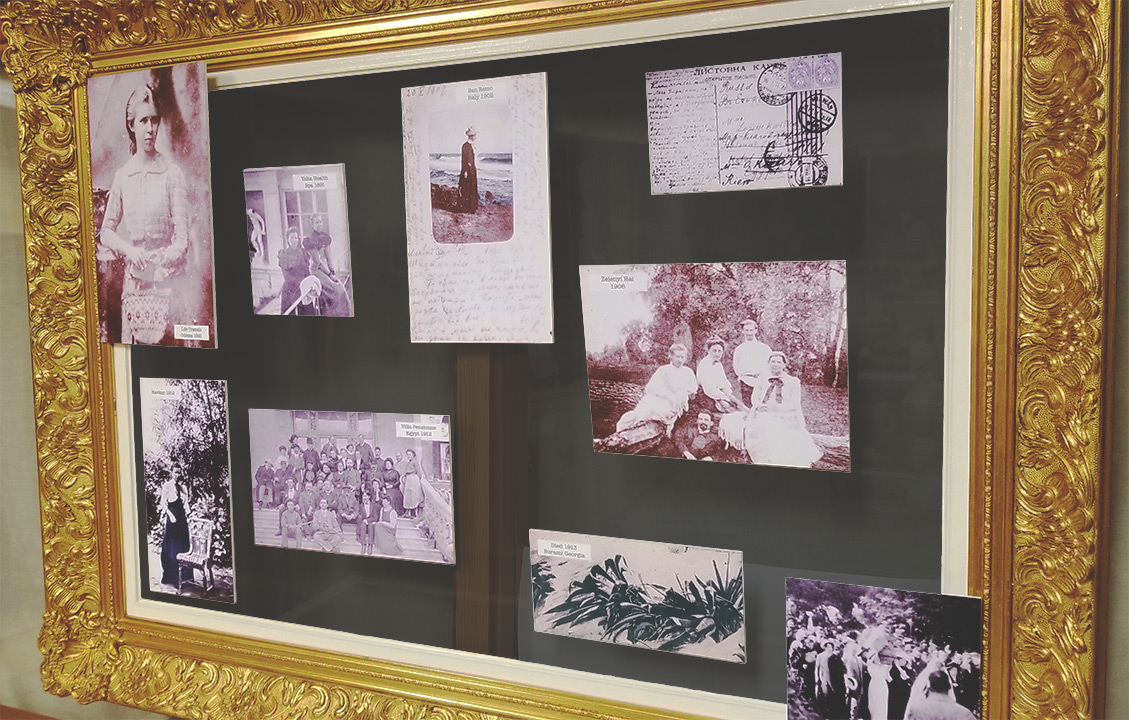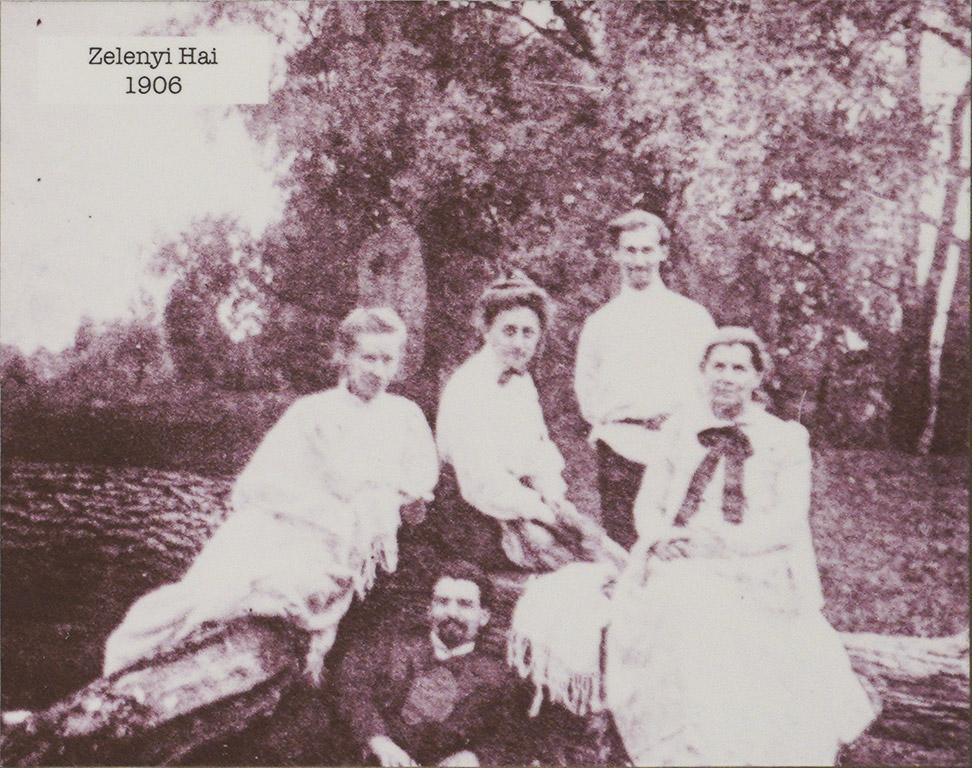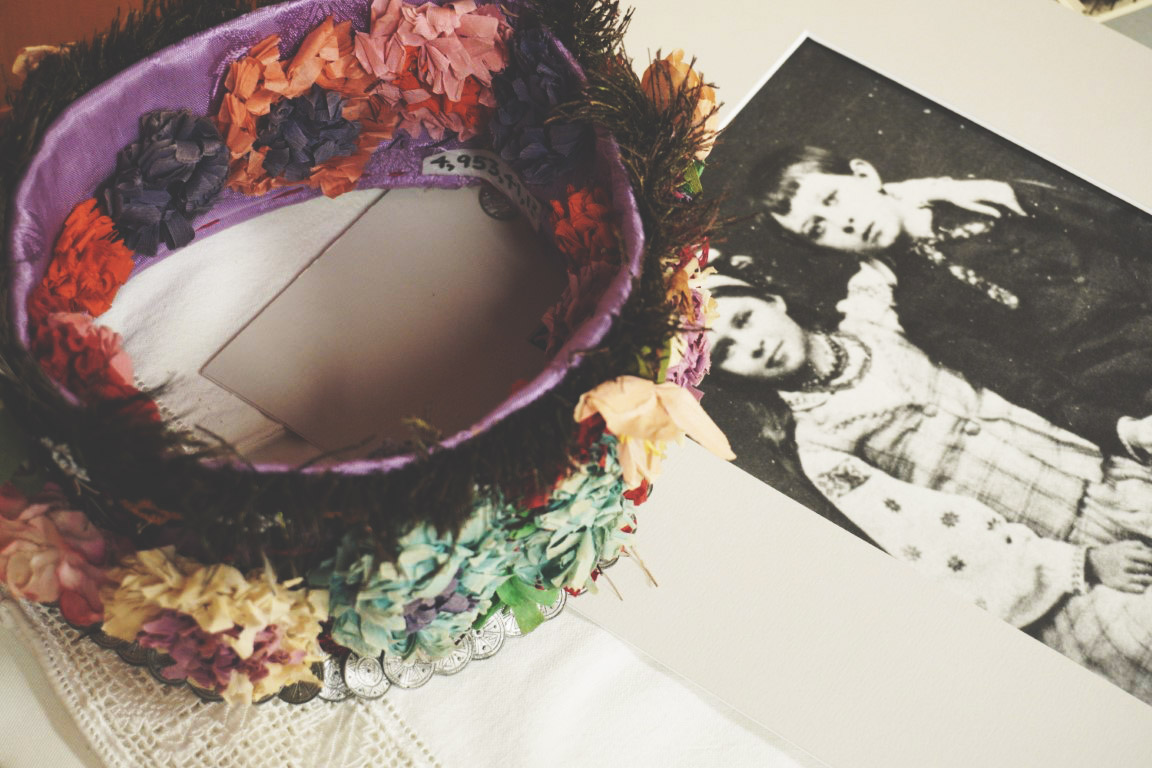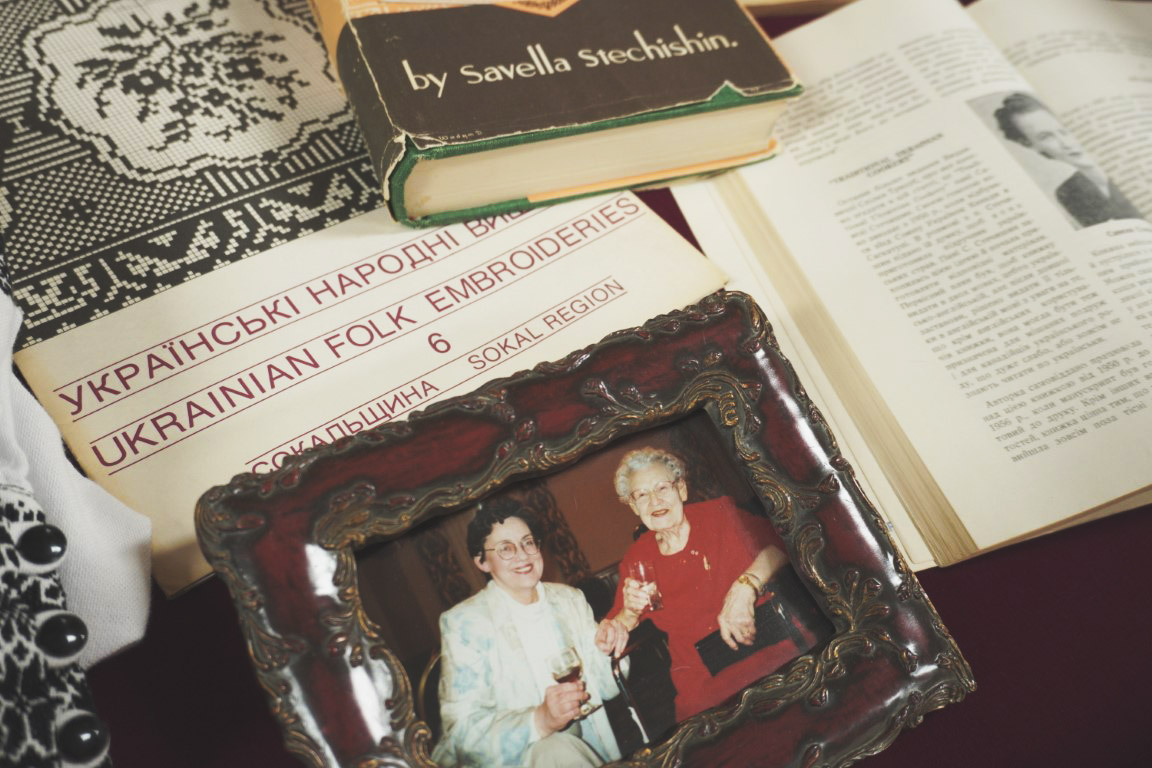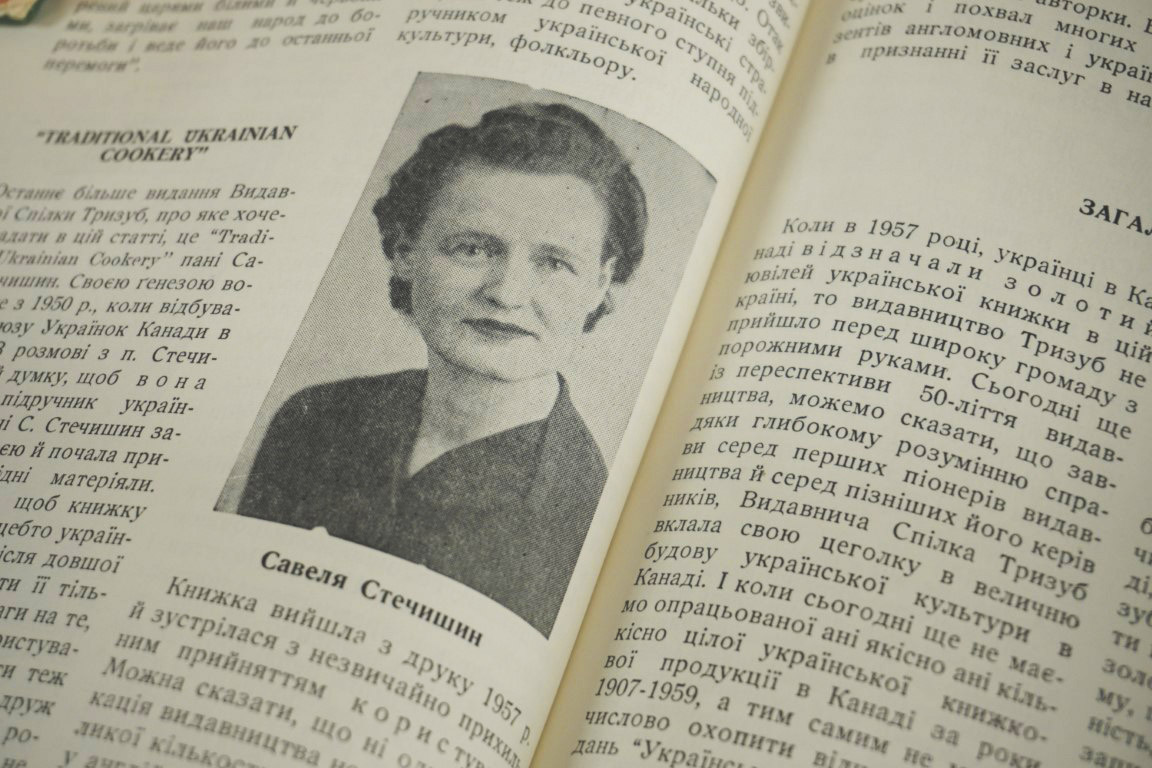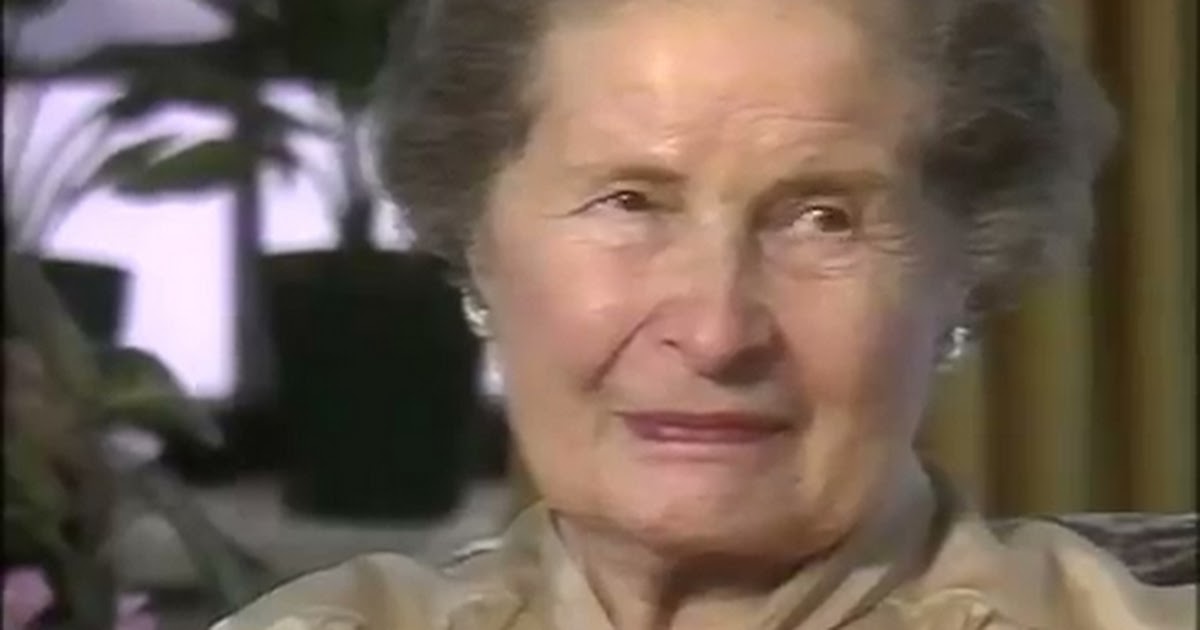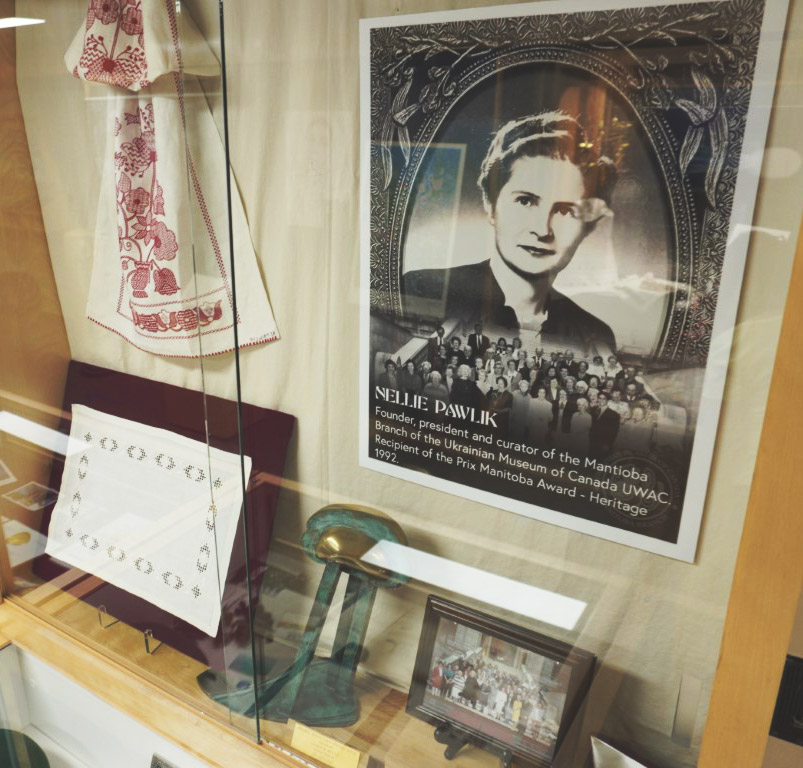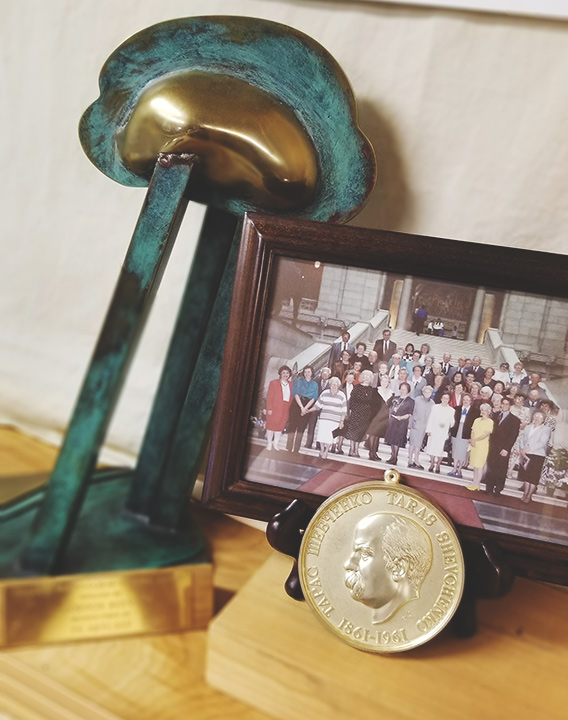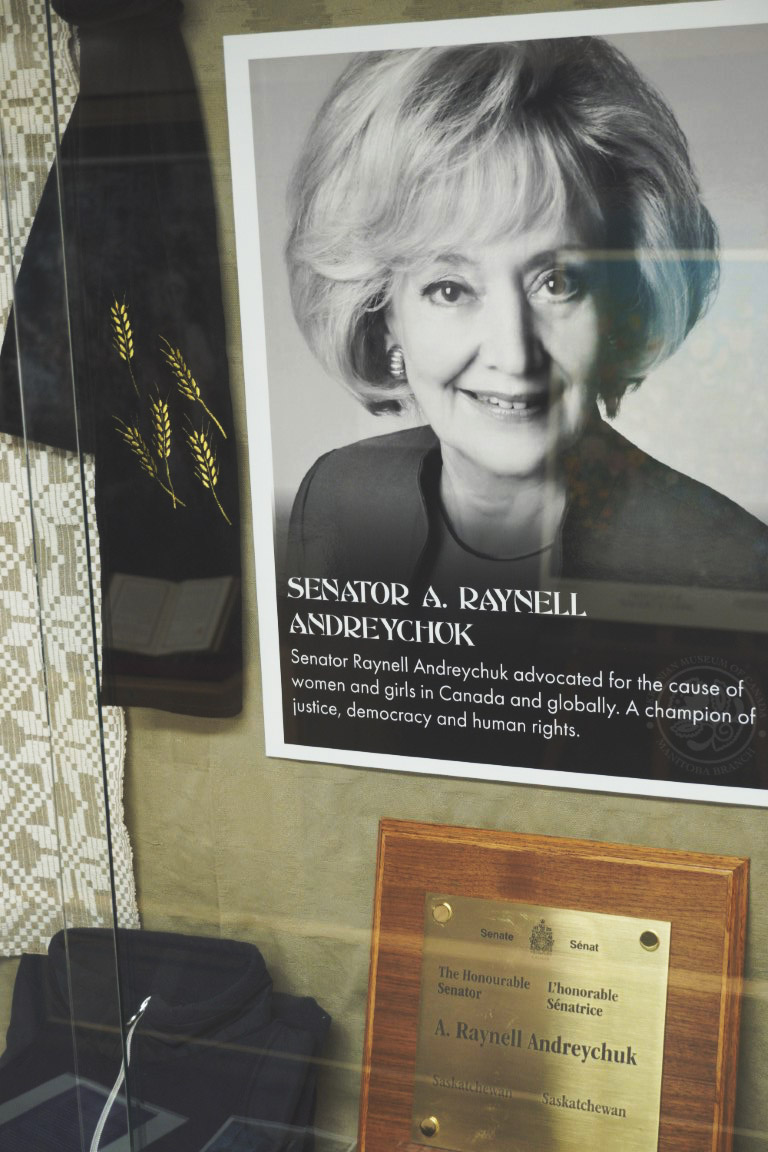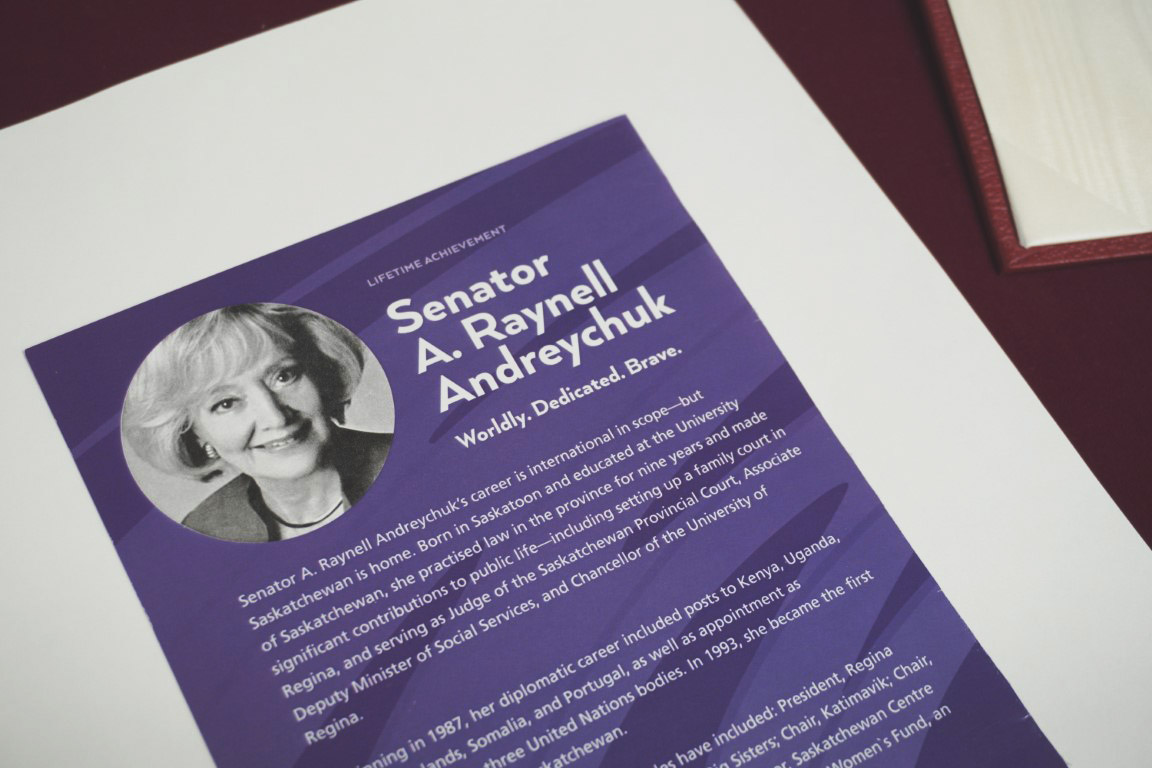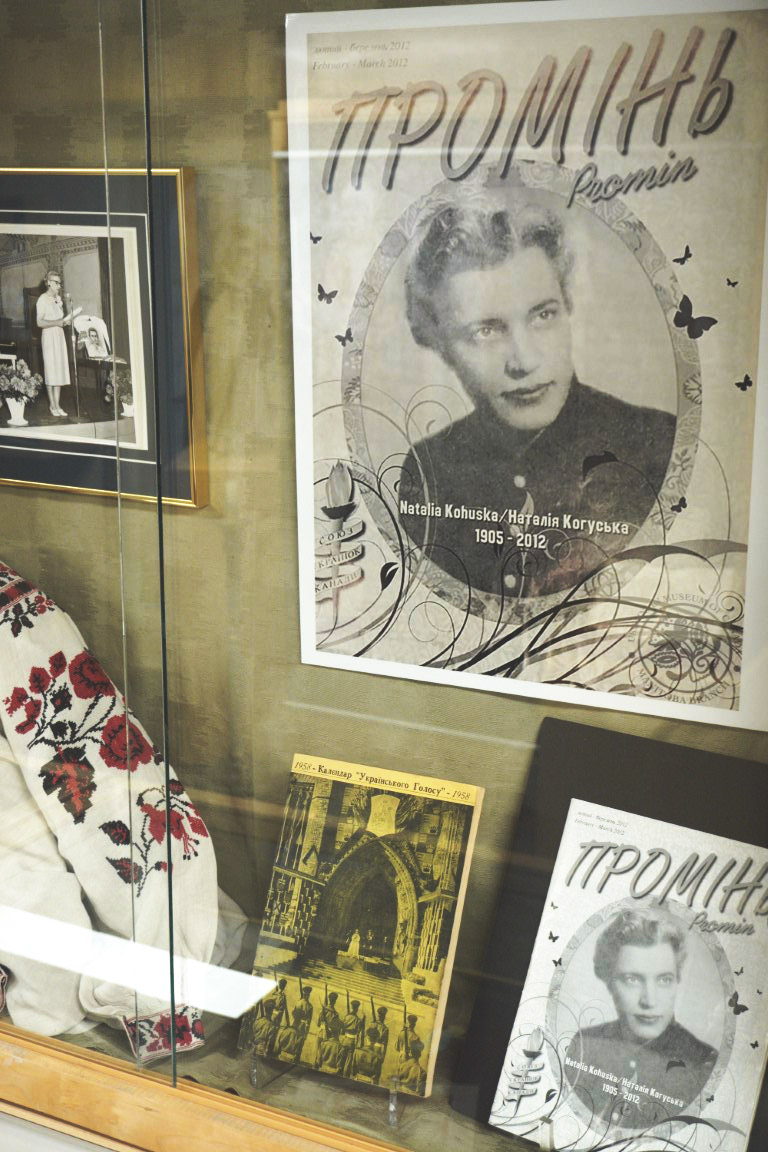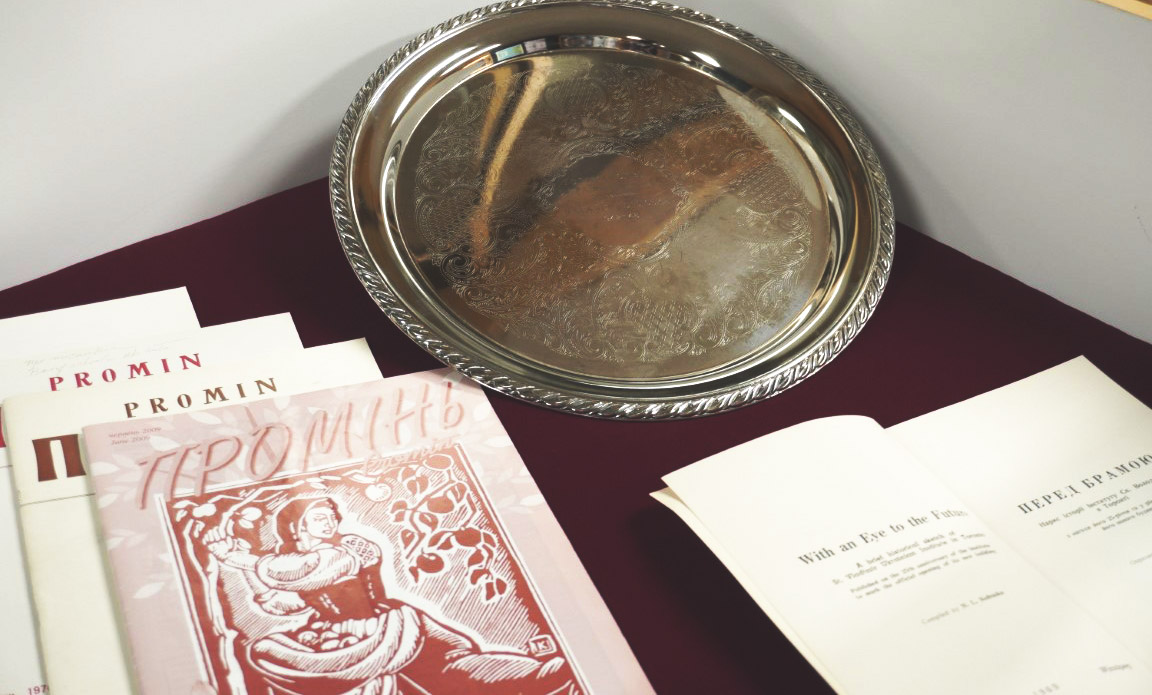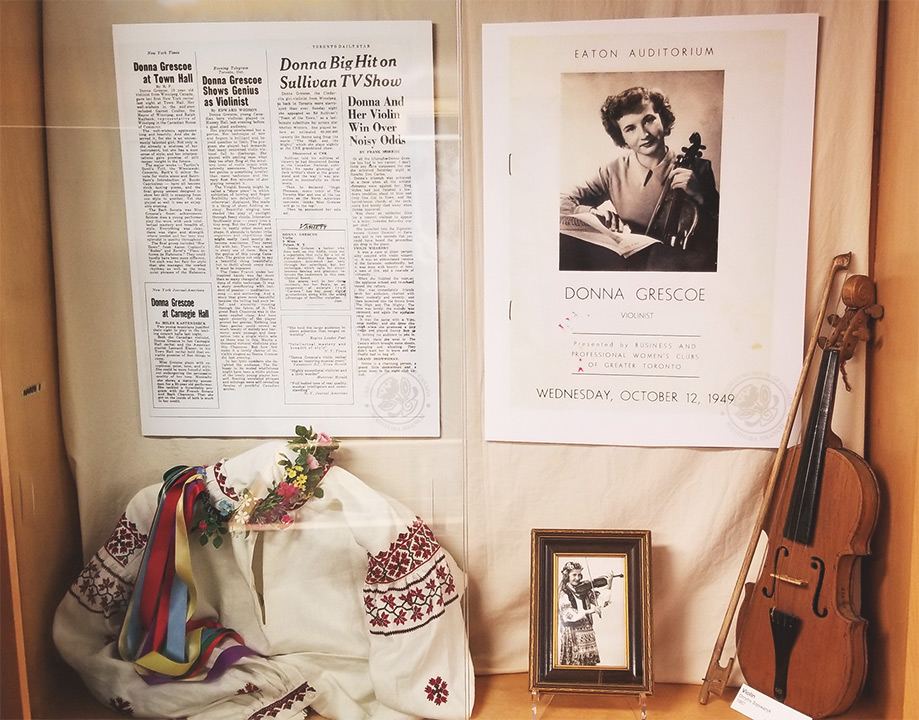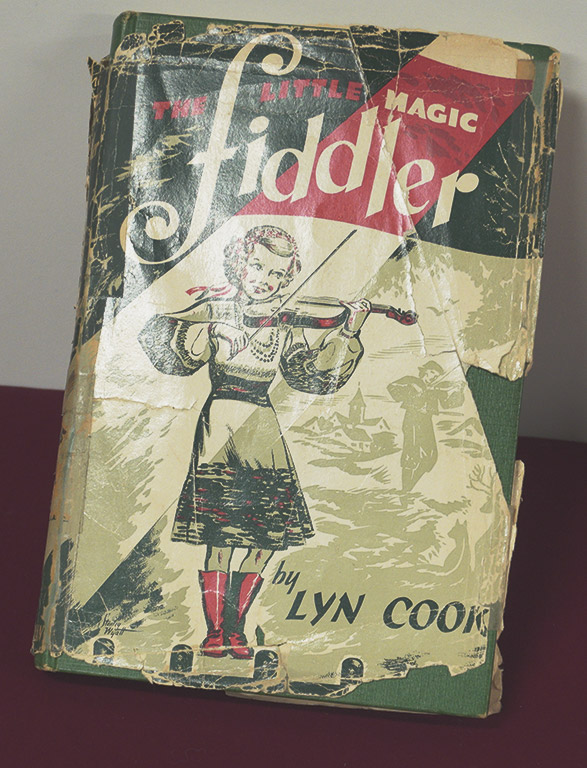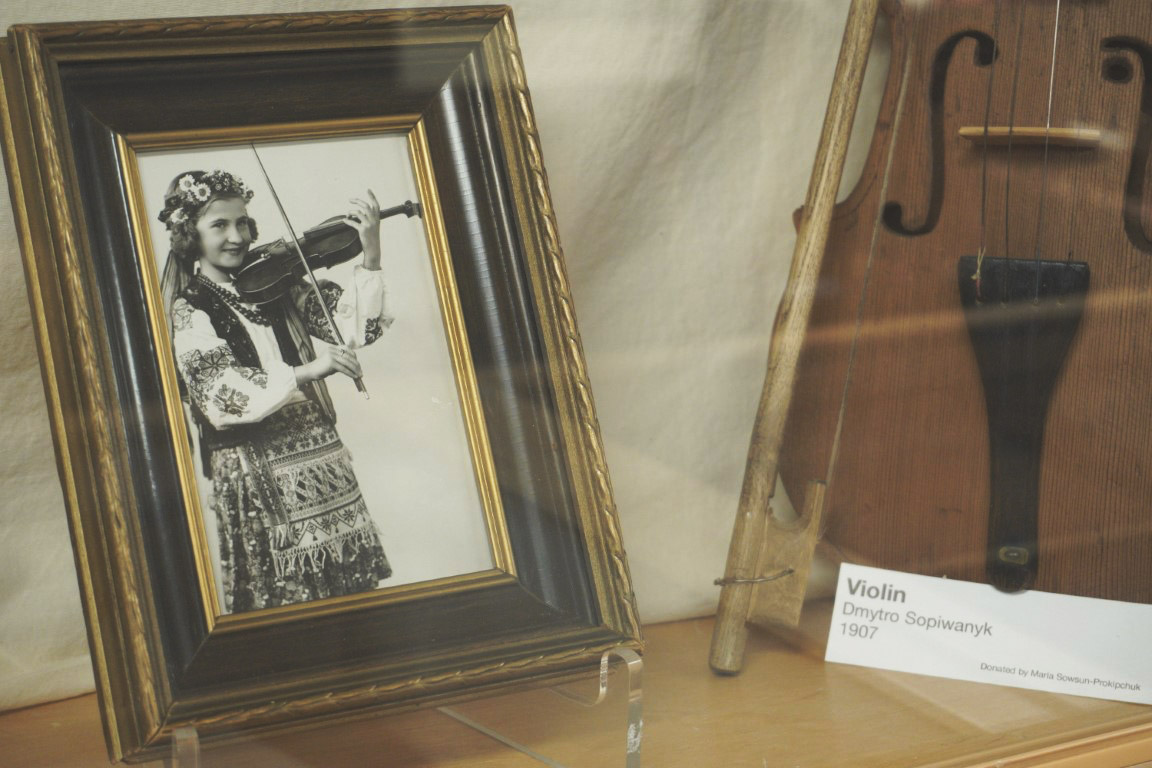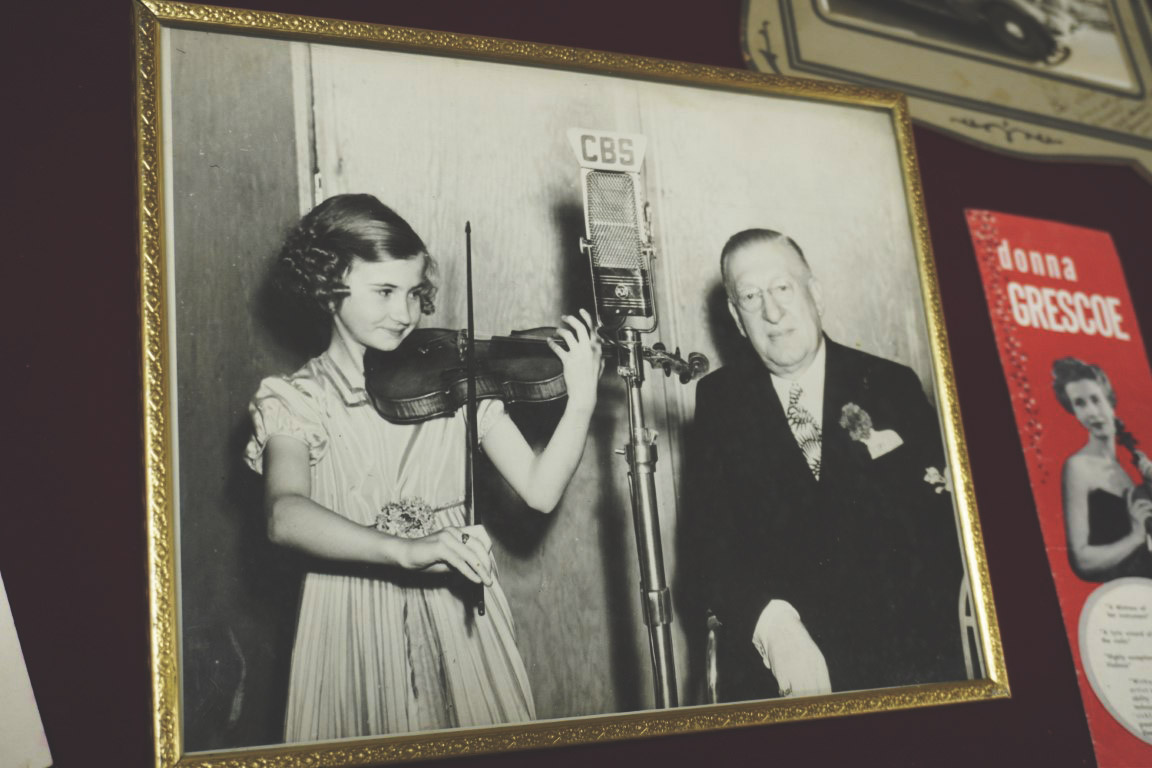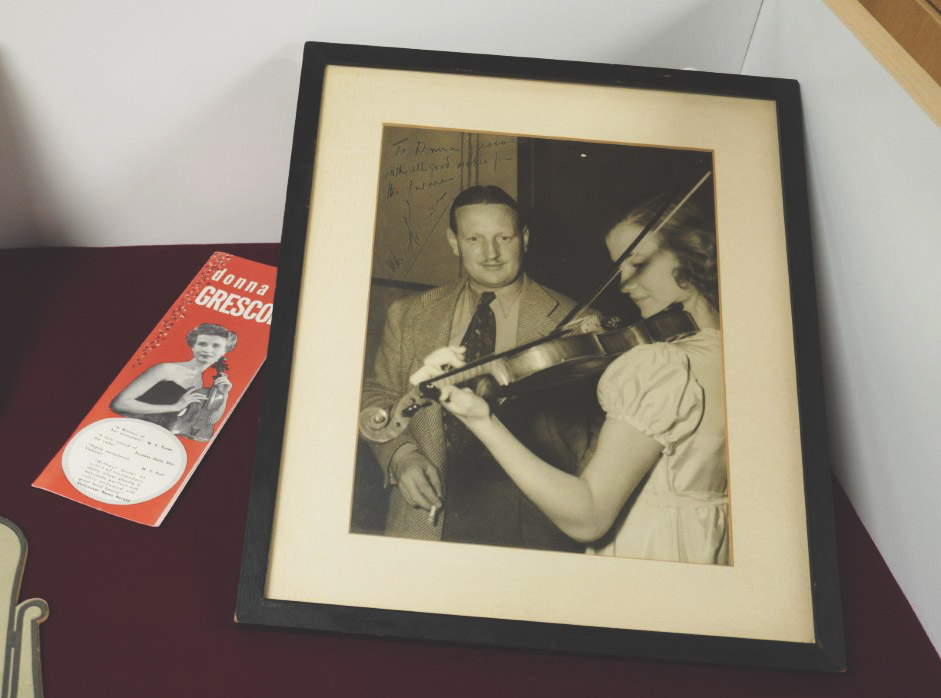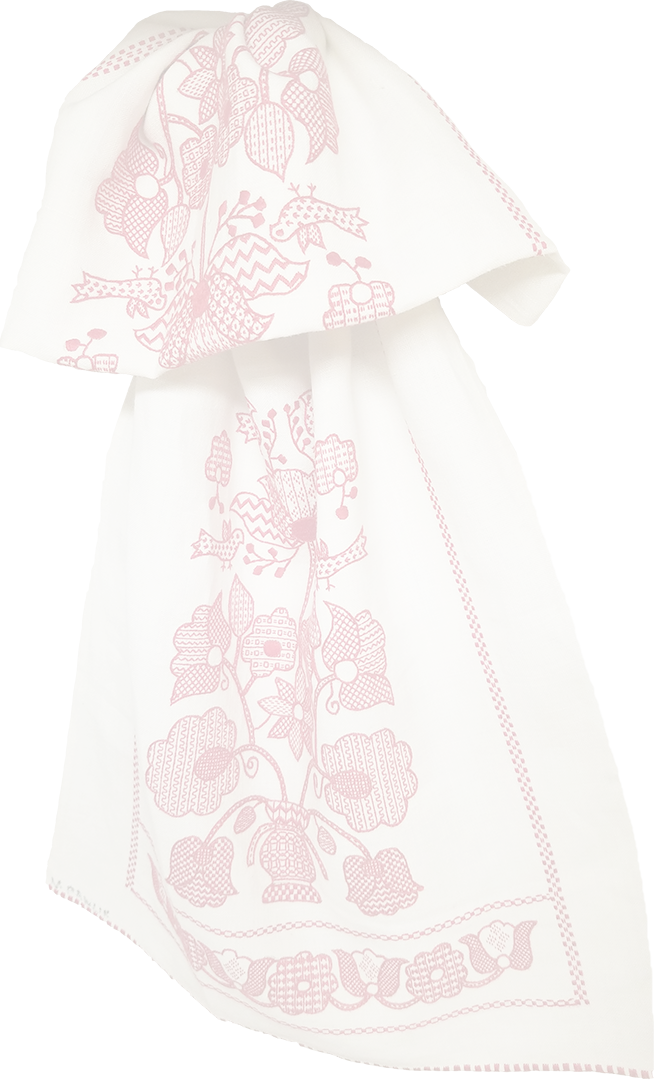
Welcome to our 2021 Exhibit
Women of Influence
St. Ol’ha of Kyiv
HISTORY
St. Ol’ha was born circa 890. In 903 she married Prince Ihor I who became the ruler of Kyivan-Rus’. Upon the murder of her husband in 945, St. Ol’ha became Queen Regent of Kyivan-Rus’, as their son Svyatoslav was too young to rule.
ACCOMPLISHMENTS
While St. Ol’ha was Regent she strengthened the position of Kyiv as the capital of Kyivan-Rus’. She was in charge while her son was on military campaigns and continued in this role until her death. As Regent, St. Ol’ha was renowned for her wisdom and respected for her leadership, political astuteness and energy; she was often referred to as “the Wisest of Women.“ St. Ol’ha was baptized into the Orthodox faith in Constantinople by the Patriarch of Constantinople. She adopted the Christian name Elena (Helen). After she became a Christian she tried to influence her son to accept Christianity but he refused. However, he did allow a Christian community to develop in Kyiv. Under her influence Christianity began to spread in Kyivan-Rus’; thus the way was paved for her grandson, St. Volodymyr, to adopt Christianity as the state religion of Kyivan-Rus’ in 988, only 20 years after her death.
LEGACY
The Ukrainian Orthodox Church canonized her in the 13th century and gave her the title “Equal to the Apostles.“ St. Ol’ha is also considered a saint in the Ukrainian Catholic Church. There is a monument dedicated in honour of St. Ol’ha in Kyiv and churches are named for her, usually together with St. Volodymyr. Her feast day is July 24.
Queen Anna Yaroslavna
HISTORY
Princess Anna Yaroslavna, the daughter of Prince Yaroslav the Wise of Kyivan-Rus’ (978 – 1054) was born circa 1024. Princess Anna became Queen of France upon her marriage to King Henry I of France in 1051. After Henry’s death in 1060, she ruled as Queen Regent until their eldest son, Philip, became of age. France honours her as Anna of Kyivan-Rus’ whereas in Ukraine she is honoured as Queen Anna Yaroslavna of France.
ACCOMPLISHMENTS
Queen Anna Yaroslavna was known to be the great grandmother of all French kings of the Capetian Dynasty which ruled France for some 275 years. Queen Anna Yaroslavna accompanied King Henry during his trips across the country attending to and caring for churches and monasteries. She founded the Royal Abbey of St. Vincent in Senlis, near Paris, in 1060. She was a member of the Royal Council and her authority included the right to read and sign all documents of state importance – an exception rather than the rule. Numerous documents and royal decrees of that time carry her signature or cite “With the consent of my wife Anna” or “In the presence of Queen Anna”. Queen Anna Yaroslavna’s last signature dates to 1075 on the founding document of the Convent of the Virgin Mary in Pont-le-Vois, France.
LEGACY
Queen Anna’s date of death is believed to be circa 1075. Researchers presume she passed away in France and is buried at the Abbey of St. Vincent. Today, a statue of Queen Anna Yaroslavna of Kyiv adorns the grounds of the Abbey, where she is commemorated annually on September 5th. Queen Anna is included in a frescoe in the St. Sophia Cathedral in Kyiv. In 2018, Ukraine and France co-produced a historical drama about Queen Anna illustrating her life and historical connection between these two countries.
Olena Kulchytska
HISTORY
Olena Kulchytska was an artist, teacher, ethnographer, and author. She was born in 1877 in the city of Berezhany, Halychyna. She attended the Vienna School of Industrial Design. Her studies in Vienna coincided with the booming era of modern art in Austria, which influenced her early work.
ACCOMPLISHMENTS
Olena Kulchytska is well known for her carpet/tapestry making career. Educated as a professional ethnographer, Kultchytska researched traditional regional dress and in 1959 published the authoritative album titled “Narodnyi Odiah Zakhidnykh Oblastei Ukrainy” (Folk Apparel of the Western Regions of Ukraine). She was also recognized for her skills in etching, linocut, woodcut techniques and furniture design. In 1931, Olena Kulchytska and her sister Olha co-founded a museum of Ukrainian antiques “Stryvihor” in Peremyshl, Poland. Olena Kulchytska was among numerous female co-founders of the magazine “Nova Khata” (New House) which promoted an image of women as active members of society. The sisters ran an art school which influenced art education in Halychyna.
LEGACY
Olena Kulchytska died in 1967 at the age of 90 in Lviv. Kulchytska’s legacy of Ukrainian textile art incorporated global art trends with traditional ethnic imagery and influnced other Ukrainian artists. The Olena Kulchytska Art and Memorial Museum in Lviv commemorates her contributions in art and ethnography. Her album-catalog “Narodnyi Odiah Zakhidnykh Oblastei Ukrainy,” was republished in 2018 with additional materials. Her work remains a major scholarly reference to this day.
Kateryna Bilokur
HISTORY
Kateryna Bilokur is one of Ukraine’s most beloved artists. Born in the year 1900, in the village of Bohdanivka in the Poltava region, Kateryna Bilokur was raised in a poor farming family. Art and creativity became an important part of her life at a young age when she began to draw. Despite the disapproval of her parents, Kateryna Bilokur continued to draw and paint, often finding inspiration in flowers and nature.
ACCOMPLISHMENTS
Kateryna Bilokur’s artistic journey began in the 1920s. During this period, she created portraits of her family members and villagers, using charcoal and paints which she made from vegetables. Slowly she began focusing more on nature, creating beautiful and elaborate still-life paintings of flowers, such as Flowers Behind the Wattle Fence 1935.
Kateryna Bilokur’s works were first shown in 1940 at the Poltava Regional Exhibition and then at the National Exhibition in Kyiv. Her works were highly praised by art critics and art lovers, including Pablo Picasso. In the 1950s, she created some of her most notable works and gained formal recognition as her work won her many awards such as the title “People’s Artist” of Ukraine.
LEGACY
Kateryna Bilokur died in 1961 at the age of 61. In her native village her manor has become a museum dedicated to her life and work. A monument was erected in her honor, which at all times of the year is covered with the flowers she so admired.
Olena Kazymyrchak-Polonska
HISTORY
Born in 1902, Olena Kazymyrchak- Polonska was a prominent 20th century Ukrainian/Soviet astronomer. Coming from a wealthy family, she was privileged to receive an education from the Jan Kazymyr Lviv University (now Ivan Franko National University of Lviv) in the Faculty of Physics and Mathematics.
ACCOMPLISHMENTS
Olena Kazymyrchak-Polonska determined how the gravitational pull of large planets affects the path of comets and confirmed the existing hypothesis regarding the capture of comets by the solar system. Her observational data demonstrated that large and massive planets are the leading factor in the transformation of a comet’s orbital plane. By virtue of her observations, American astronomers have found comets long lost to observers. Having exceptional knowledge of physics and astronomy, she was employed at various scientific institutions in Poland and the Soviet Union. For her contributions to astronomy, in 1968 she was awarded the F.A. Bredikhin prize, the highest prize in the Soviet Academy of Sciences in the field of astronomy. During 1966-1991 she published over 100 scientific papers. Religion played an important role in her life and in 1987 she secretly took a monastic vow and became a nun at the age of 85.
LEGACY
Olena Kazymyrchak-Polonska died in 1992 at age 90 and is buried in the cemetery of famous astronomers on the grounds of Pulkovo Observatory in St. Petersburg, Russia. A comet discovered September 22nd, 1973 by Nikolai Chernykh in the Crimean Astrophysical Observatory bears her name – (2006) Polonskaya = 1973 SB3. For the 110th anniversary of Olena Kazymyrchak-Polonska’s birth, a stela was erected in her village of Selets in Volyn.
Solomiya Krushelnytska
HISTORY
Solomiya Krushelnytska was one of the greatest international operatic stars of the early 20th century.
Solomiya Kruhelnytska was born in 1872 in the village of Biliavyntsi in Halychyna. Growing up, she was surrounded by music; hearing folk songs sung by villagers as they worked in the fields. She first took to the stage at age 11 when her singing instantly gained her recognition.
ACCOMPLISHMENTS
Solomiya Krushelnytska’s operatic career began with her studies at the Lviv Conservatory, where she made her debut as Leonarda in a production of Donizetti’s “La Fontina.” She graduated from the conservatory in 1893 and moved to Milan to continue her vocal training. Solomiya Krushelnytska became renowned as a soprano and went on to perform in opera houses around the world including Paris, Warsaw, Cairo and Rome.
Most notably in 1904, Solomiya Krushelnytska saved the production of Puccini’s Madama Butterfly. At first, the production was poorly received by audiences and was pulled as a result. The change was made to cast her in the lead role of Chio Chio San and, upon its re-debut 3 months later, became a great success.
LEGACY
Solomiya Krushelnytska died in 1952 at the age of 80 in Lviv Ukraine. A monument was erected at her grave site in Lviv, and her home has since been converted into a museum in her honour. The Lviv Opera House, Ukraine’s most notable theater, is named in her memory.
Olena Pchilka
HISTORY
Olha Drahomanova Kosach (literary pseudonym Olena Pchilka) was a Ukrainian writer, editor, publisher, translator, ethnographer, folklorist and women’s activist. She was born in 1849 in Hadyach in the Poltava region into a privileged family of landowners who actively opposed the oppressive political and cultural policies of the Russian Empire.
ACCOMPLISHMENTS
Olha Kosach married Petro Kosach, a lawyer, and had two sons and four daughters. They raised their children immersed in village life, the Ukrainian language, culture and folklore. Only the Ukrainian language was used in the household and to encourage this practice the children were educated by Ukrainian tutors at home in order to avoid schools that taught Russian as the primary language. Emphasis was placed on learning foreign languages well enough to read literature in its original language. She wrote original poetry, plays, short fiction and stories for her children.
Despite her family responsibilities she pursued her intellectual interests and travelled widely in Europe. She established contact with writers in western Ukraine such as Ivan Franko, a renowned author, and Nataliya Kobrynska, a feminist author.
In 1905, Olena Pchilka participated in a successful effort to lift tsarist bans on Ukrainian language publications in eastern Ukraine. She fought for women’s rights and challenged deeply ingrained norms governing the status of women in society. She played a leading role in the struggle for Ukraine’s reunification and independence.
LEGACY
Olena Pchilka died October 1930 and is buried in the Kyiv Baikove Cemetery alongside her husband Petro, son Mykhailo, and daughter Lesia Ukrainka. She published her research of Ukrainian embroidery designs, the well known Ukrainski uzory (Ukrainian Ornamental Designs). Along with Nataliya Kobrynska, she published the widely acclaimed, Pershyj Vinok (The First Garland), an almanac that boldly featured only women contributors. She made a noteworthy contribution to the enrichment of Ukrainian literature.
Later, she worked in the ethnographic, literary and historical sections of the Academy of Sciences of the Ukrainian SSR. Even though she was prosecuted for her anti-Soviet views and activities she was made a Member of the Academy in 1925.
Lesya Ukrainka
HISTORY
Larysa Kosach, better known under her pseudonym Lesia Ukrainka, was born in 1871, in Novohrad-Volynskyi in Volyn. Due to illness, Lesia Ukrainka was the only one of six Kosach children lacking formal post-secondary education. Nevertheless, this obstacle did not stop her from realizing her potential.
ACCOMPLISHMENTS
Lesia Ukrainka wrote her first poem “Nadia” (Hope), dedicated to her aunt in exile, at the age of nine. In 1892, her first collection of poetry “Na Krylakh Pisen” (On the Wings of Song) was published. Her native Volyn was the source of her creativity and inspired the beloved “Lisova Pisnia” (Song of the Forest). Lesia Ukrainka was a co-founder of “Pleiada” – a literary group comprised of young Ukrainian writers who published literary works and translated European literature into Ukrainian. She and her husband Klyment Kvitka travelled for the purpose of collecting Ukrainian folk songs which they recorded. These recordings were published by her husband in 1917 and are preserved to this day. Lesia Ukrainka was a well known feminist like her mother Olena Pchilka, and her best work in that genre is “Boiarynia” (Noblewoman).
LEGACY
Larysa Kosach died in 1913 at the age of 42, and was buried in Kyiv.
Lesia Ukrainka is a symbol of strength and perseverance. Although she was severely ill and lived such a short life, she received national and international recognition as a poet and as a dramatist.
The Kolodiazhne family estate is now the Kolodiazhne Literary Memorial Museum of Lesia Ukrainka – a branch of the Volyn Museum of Local Lore. Many Ukrainian organizations in Canada and the USA bear Lesia Ukrainka’s name in honour of her many contributions to Ukrainian culture.
Savella Stechishin
HISTORY
Savella Stechishin was an influential Ukrainian Canadian writer and ethnographer in Canada.
Savella Stechishin was born in 1903 in the Village of Tudorkovychi, Halychyna, and immigrated to Canada in 1913 at the age of nine. During a time when it was mostly men who were leaders in the community, she became a writer, journalist, home economist and women’s rights advocate, dedicating her life to helping the women of the Ukrainian Canadian community.
ACCOMPLISHMENTS
Savella Stechishin graduated from the University of Saskatchewan with a Degree in Home Economics and was the first Ukrainian woman to do so in Canada. She went on to become a teacher for many years in elementary and secondary schools.
In 1926 Savella Stechishin was instrumental in founding the Ukrainian Women’s Association of Canada (UWAC) in order to help Ukrainian immigrants settle into their new lives and to bring together Ukrainian women throughout Canada. She helped with the early stages of collecting the artifacts that became the basis for the collection of the UWAC Museum in 1936.
As a writer and journalist she guided and worked with UWAC members from across Canada to help research, test and publish the highly successful “Traditional Ukrainian Cookery”. This book has become a popular source of carefully researched information about Ukrainian cuisine, culture and traditions.
LEGACY
Savella Stechishin passed away in 2002 at age 98. Her legacy is carried on through the Ukrainian Women’s Association of Canada which continues to help preserve Ukrainian culture and bring together Ukrainian Canadian women. For her contributions she received the Ukrainian Self Reliance League Award of Excellence in 1993.
Savella Stechishin - Part One
Savella Stechishin - Part Two
Nellie Pawlik
HISTORY
Anellia “Nellie” Pawlik was born in 1913, southwest of Veregin, Saskatchewan. She completed high school in Kamsack Saskatchewan, and went on to receive her teaching certificate in Saskatoon while in residence at the Petro Mohyla Institute. During this time Nellie Pawlik developed a love for Ukrainian Arts.
ACCOMPLISHMENTS
The Ukrainian Canadian community was central to Nellie Pawlik’s life. In 1935 she and her husband Andrew moved to Winnipeg where she helped to establish branches of the Ukrainian Women’s Association of Canada (UWAC), including the Olha Kobylianska and Lesia Ukrainka branches in Winnipeg.
In 1950, Nellie Pawlik and a group of women worked to found the Manitoba Branch of the Ukrainian Museum of Canada. She researched museum best practices for conservation, storage, exhibitions and public programming. She spent more than 40 years curating, collecting artifacts, and teaching weaving, pysanky and embroidery. In 1977, she received a lifetime membership from the Ukrainian Museum of Canada for her significant contibutions.
In 1992, Nellie Pawlik was awarded the Prix Award by the Province of Manitoba, a Heritage Award for “enhancing the quality of Provincial life in the areas of culture, heritage, recreation, and multiculturalism.” In 1993 she received the Ukrainian Self Reliance League Award of Excellence for her many contributions to the Ukrainian Orthodox community.
LEGACY
Nellie Pawlik passed away in 2015 at the age of 102. Through her work with the UWAC and the Ukrainian Museum of Canada she was a major force in the preservation of Ukrainian heritage. She mentored many youth and collaborated with scholars to instill an understanding and appreciation of Ukrainian history and culture.
Senator Anita Raynell Andreychuk
HISTORY
The Honourable Raynell Andreychuk, B.A.; LLB, born and educated in Saskatoon, Saskatchewan, was a lawyer; judge; Chancellor, University of Regina; diplomat; and Canadian Senator undertaking leadership roles and undertaking issues pertaining to human rights, foreign policy, women’s rights, family issues, family court and high level UKRAINIAN issues of national and international significance.
ACCOMPLISHMENTS
The Hon. Andreychuk was the first female to represent Saskatchewan in the Senate, first female to chair the Senate Foreign Affairs and International Trade Committee and was the lead in establishing and chairing the Human Rights Committee. As a diplomat, she was an Ambassador, Representative to the UN Human Rights Commission and UN Environment Program. She supported Ukrainian organizations in Canada, led Election Observer Missions to Ukraine, chaired the Canada-Ukraine Legislative Project and co-chaired the NATO-Ukraine Interparliamentary Council.
In the Senate, she introduced a Motion and the Act to establish a “Holodomor” Memorial Day and recognition of Holodomor as an act of genocide. She also introduced an act – the Justice for Victims of Corrupt Foreign Officials Act (Sergei Magnitsky Law) which passed into law in 2017.
LEGACY
For a life dedicated to public service, Hon. Raynell Andreychuk’s awards include: Prince Yaroslav the Wise Medal (Ukraine, 2008), St.Volodymyr the Great Medal (Ukrainian World Congress), Taras Shevchenko Medal (UCC), Women of Distinction (World Federation, Ukrainian Women’s Organizations), Nation Builders Award (UCC-Sask), Lifetime Achievement Award (YWCA – Regina) and 2 Honourary Degrees.
Natalia Kohuska
HISTORY
Natalia Kohuska-Levenets was born in 1905 in Vyshnevets in Volyn, Ukraine and came to Canada in 1928. She was a journalist, historian, and active participant in the Ukrainian Canadian women’s movement.
ACCOMPLISHMENTS
Natalia Kohuska’s involvemnet in the Ukrainian Women’s Association of Canada (UWAC) began in Sioux Lookout, Ontario in 1934, where she organized a branch of the UWAC. In 1942 she was elected President of the UWAC and held this position until 1948. During her term as president she visited existing branches and established new branches, providing materials for activities and programming. She served on the Board of Directors of St. Andrew’s College. Natalia Kohuska was an editor of the women’s section of the newspaper “Ukrainskyi Holos” (Ukrainian Voice) from 1943-1959, and editor of “Promin,” the journal of the UWAC, from its inception in 1960 to 1990. Her journalism provided Ukrainian Canadians with the history of Ukrainian religious, cultural, and socio-political organizations and institutions.
LEGACY
Natalia Kohuska died in Winnipeg in 2012 at the age of 106. She is most known for her work in the development and expansion of “Promin” as a journal of national importance to the Ukrainian community in Canada and abroad.
For her community service, Natalia Kohuska received The City of Winnipeg Medal which was presented to her in the Year of the Woman, and the Taras Shevchenko Medal in recognition of her service to the Ukrainian Canadian community. Her many publications and articles are important historical references. In 1993 she was awarded the Ukrainian Self Reliance League Award of Excellence.
Donna Grescoe
HISTORY
A highly talented violin virtuoso, Donna Grescoe was born in 1927 in Winnipeg, Manitoba. She began playing violin at the early age of five. She studied under the guidance of George Bornoff in Winnipeg, and Michel Piastro and Leopold Mittman in Chicago and New York. Donna Grescoe’s professional career as a violinist began in New York, where she settled after completing her studies.
ACCOMPLISHMENTS
Donna Grescoe toured across North America making headlines in prestigious shows, theatres, hotels and night clubs. The New York Times and The New York Post referred to her as “a mistress of her instrument,” and a “highly exceptional violinist.” Later in Winnipeg, she shifted her career focus from performing to teaching students at the Manitoba Conservatory of Music and Arts.
LEGACY
Donna Grescoe died in 2012 at the age of 85 in Richmond, British Columbia. Her classical music composition “The Flight of Aphrodite” has been incorporated into the ballet “Cinderella: Frozen in Time.” Canadian writer Lyn Cook depicted her as the heroine in her 1951 book “The Little Magic Fiddler.” As a professional violinist of international stature Donna Grescoe helped to found the Manitoba Conservatory of Music and Arts in 1984 which to this day supports and encourages aspiring musicians to achieve professional status.
In conclusion, we are forever grateful to Izidora and Olha Kosach, sisters of Lesia Ukrainka, for their foresight in protecting the family archives and to Izidora Kosach for compiling this rare album which is in our archives.
If you would like to see this exhibit in-person, it is available from August 3rd – 31st 2021.
Our hours of operation are:
Monday to Friday
10am – 4pm
Appointments can be made to see the exhibit after August 31st 2021.
To book your in-person visit call us at (204)582-1018.
Covid-19 Protocols:
Proof of vaccination along with a government issue ID, except for children 12 and under and masks according to the Association of Manitoba Museums.
For more virtual exhibits, please visit: https://umcmb.ca/exhibits/
We would like to acknowledge the Leonard Krawchuk collection on loan from the Ontario Branch of the Ukrainian Museum of Canada, UWAC. You can visit their website at: https://www.umcontario.com/

Previous
Next
